If you’ve ever wondered, “Do I need a heat mat if I have a UVB light?” — you’re not alone. Many leopard gecko parents are confused about the right way to provide heat.
Here’s the truth: UVB lighting is great, but it’s NOT a replacement for belly heat.
Leopard geckos rely on belly heat to digest their food, absorb nutrients, and stay comfortable. If they aren’t getting proper belly heat, even the best UVB setup won’t be enough. So, how do you set up your gecko’s enclosure the right way? Let’s break it down.
Why Leopard Geckos Need Belly Heat
Leopard geckos are ectothermic (cold-blooded), meaning they rely on external heat sources to regulate their body temperature. In the wild, they absorb warmth from sun-heated rocks and surfaces.
Without belly heat:
- Digestion slows down (leading to impaction or food refusal)
- Metabolism drops, causing lethargy
- Overall health declines, increasing stress and sickness risks
That’s why belly heat is the first priority in any leopard gecko setup.
Can a UVB Light Provide Belly Heat?
Yes… but only if set up correctly.
UVB lighting is designed to mimic natural sunlight, helping geckos process calcium and vitamin D3. However, it doesn’t automatically provide the belly heat your gecko needs.
If you use UVB lighting alone, you must also:
- Place a basking rock under the light to absorb heat
- Ensure the surface temperature reaches 90-95°F
- Use a high-quality thermostat to maintain proper temperatures
Without a heat-absorbing surface, UVB lights won’t provide enough belly warmth. This is where heat mats come into play.
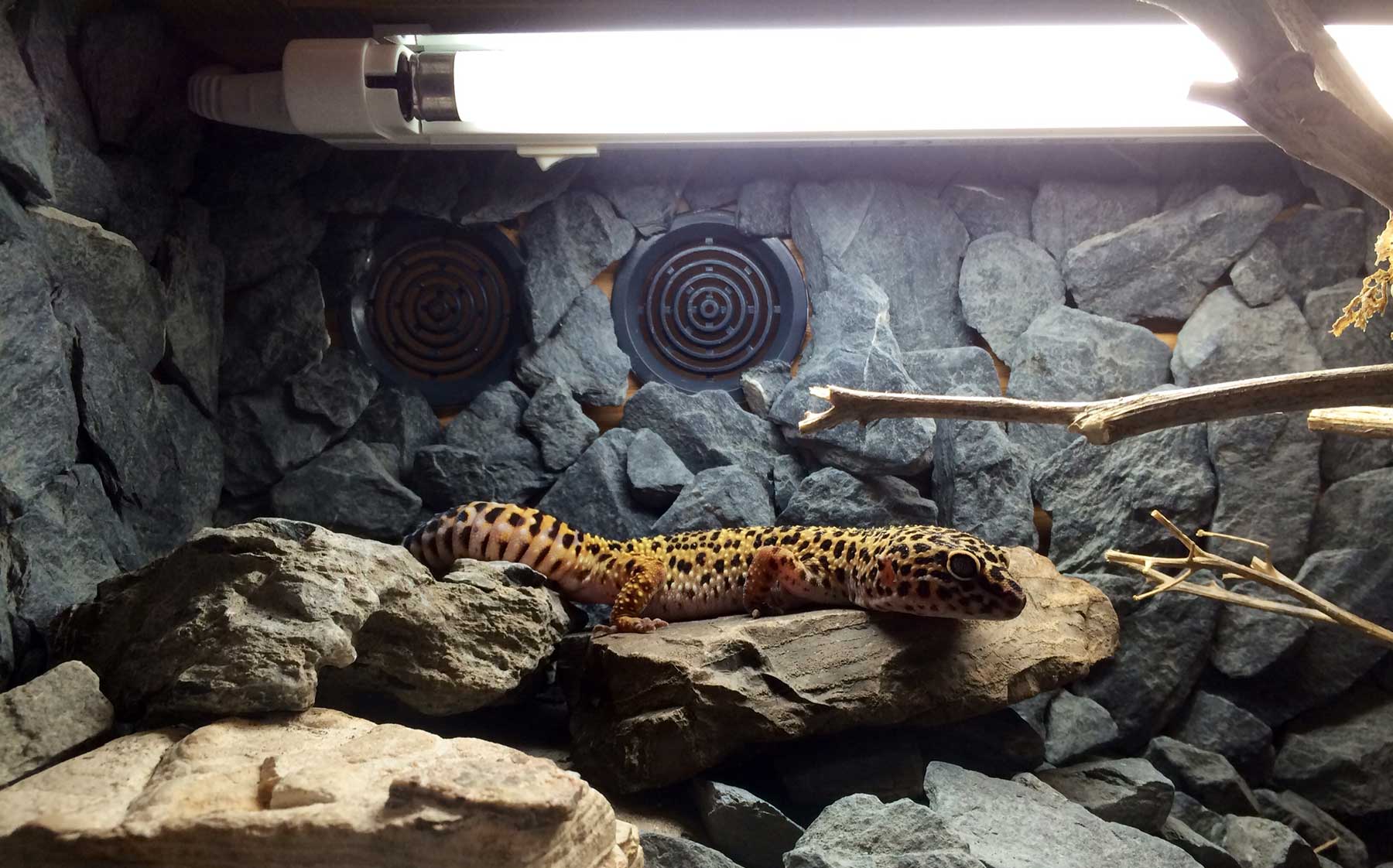
When Do You Need a Heat Mat?
A heat mat (or under-tank heater) is essential if your gecko isn’t getting enough belly heat from their UVB setup.
- If your gecko avoids the basking area, they’re not getting belly heat.
- If their belly feels cold to the touch, they need a heat source.
- If digestion seems slow or irregular, belly heat is likely missing.
A heat mat ensures your gecko always has access to the warmth they need. Ideally, the heat mat should cover one-third of the tank, creating a proper temperature gradient.
Best setup: UVB + a heat mat = optimal health for your gecko.
Setting Up the Perfect Leopard Gecko Enclosure
Now that you know the importance of belly heat, let’s make sure your gecko’s enclosure is set up for success.
1. Choose the Right Enclosure
Your gecko needs a well-ventilated tank with ample space for a proper heat gradient. The Geckopia Enclosure (24” x 18” x 18”) is perfectly designed for leopard geckos, offering:
- Superior ventilation for airflow and humidity control
- Sturdy construction to retain heat effectively
- Easy-access front doors for stress-free feeding
2. Use a Heat Mat for Belly Heat
Place a high-quality heat mat under one-third of the enclosure to provide consistent belly warmth. The Geckopia Premium Reptile Liner is a great addition here—it prevents burns from overheating heat mats and keeps your gecko safe.
- Soft, non-abrasive surface
- Easy to clean—no loose substrate mess
- Pairs perfectly with heat mats for belly warmth
3. Add a Basking Surface for UVB Heat
If using a UVB light, add a basking rock or tile under the light to absorb and radiate warmth. The Geckopia Flex Bridge works great for this—it provides a natural, climbable surface that doubles as a heat-absorbing basking spot.
Final Verdict: UVB or Heat Mat?
The best setup for your leopard gecko includes BOTH.
- Use UVB lighting to support calcium absorption and overall health.
- Use a heat mat to provide essential belly warmth.
- Ensure a basking surface under UVB to retain heat properly.
If your gecko isn’t digesting well or seems sluggish, they might not be getting enough belly heat. Adjusting your setup could make all the difference!
We’ve Got the Answers You Need.
Your gecko deserves the best! What heating setup are you using for your gecko? Drop a comment below!







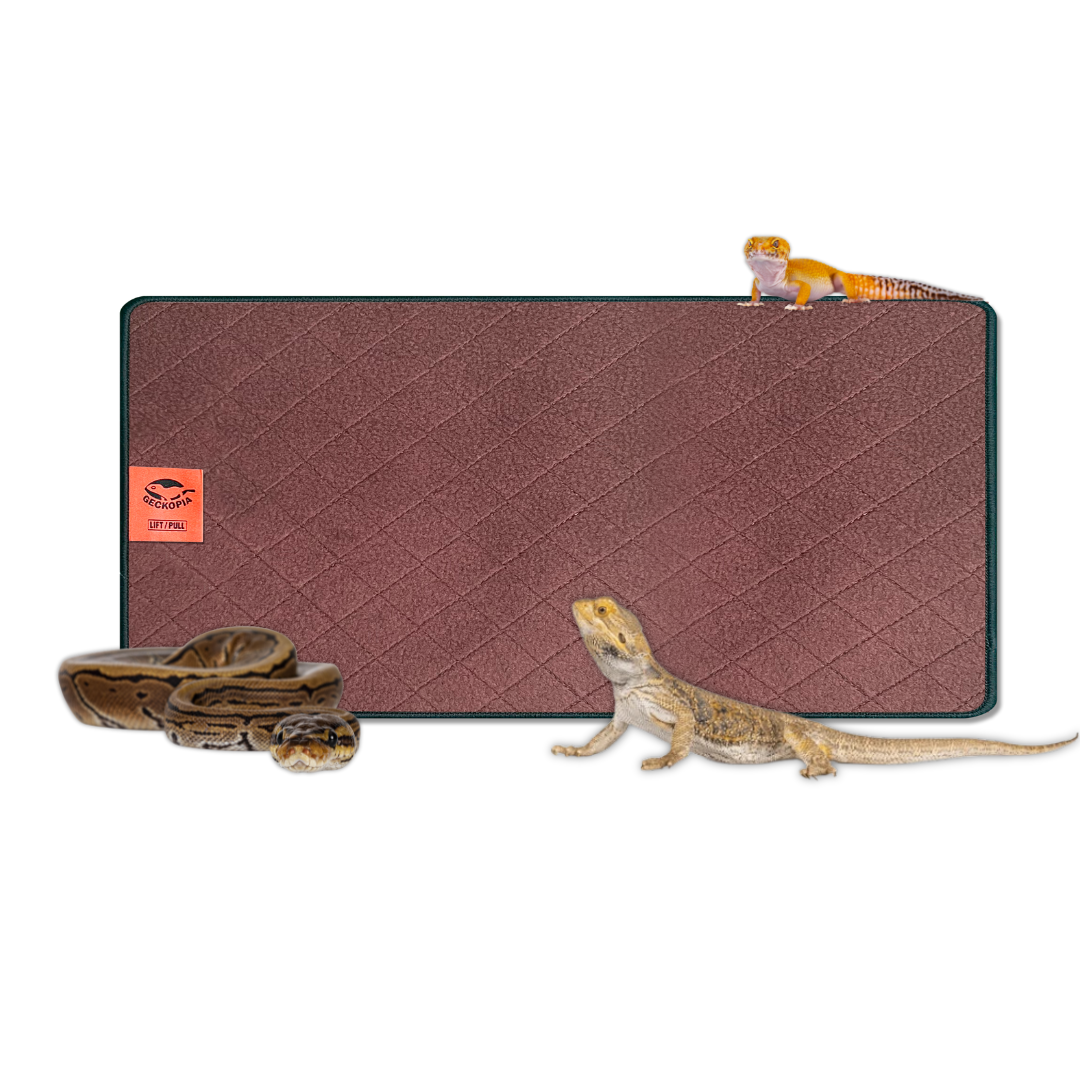
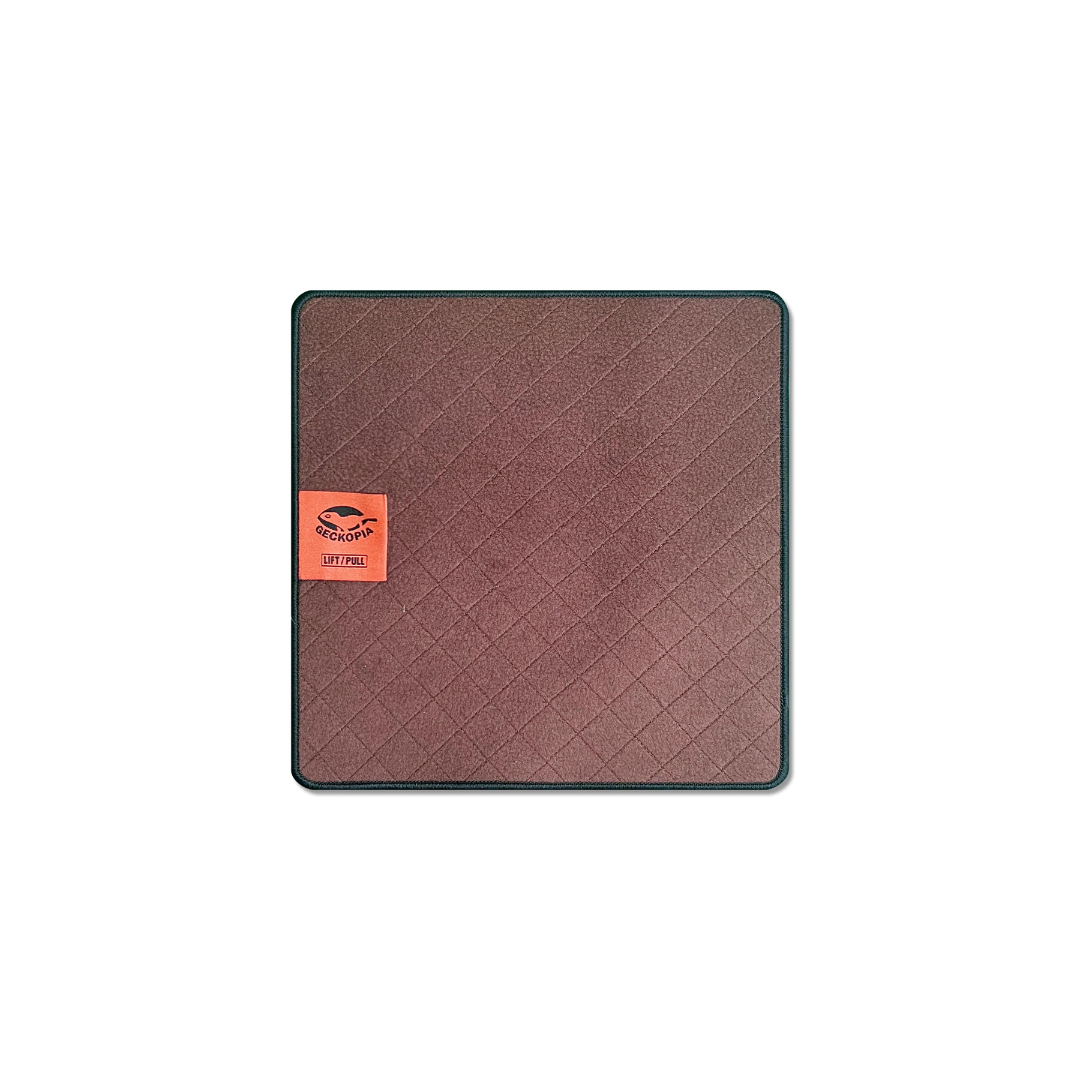
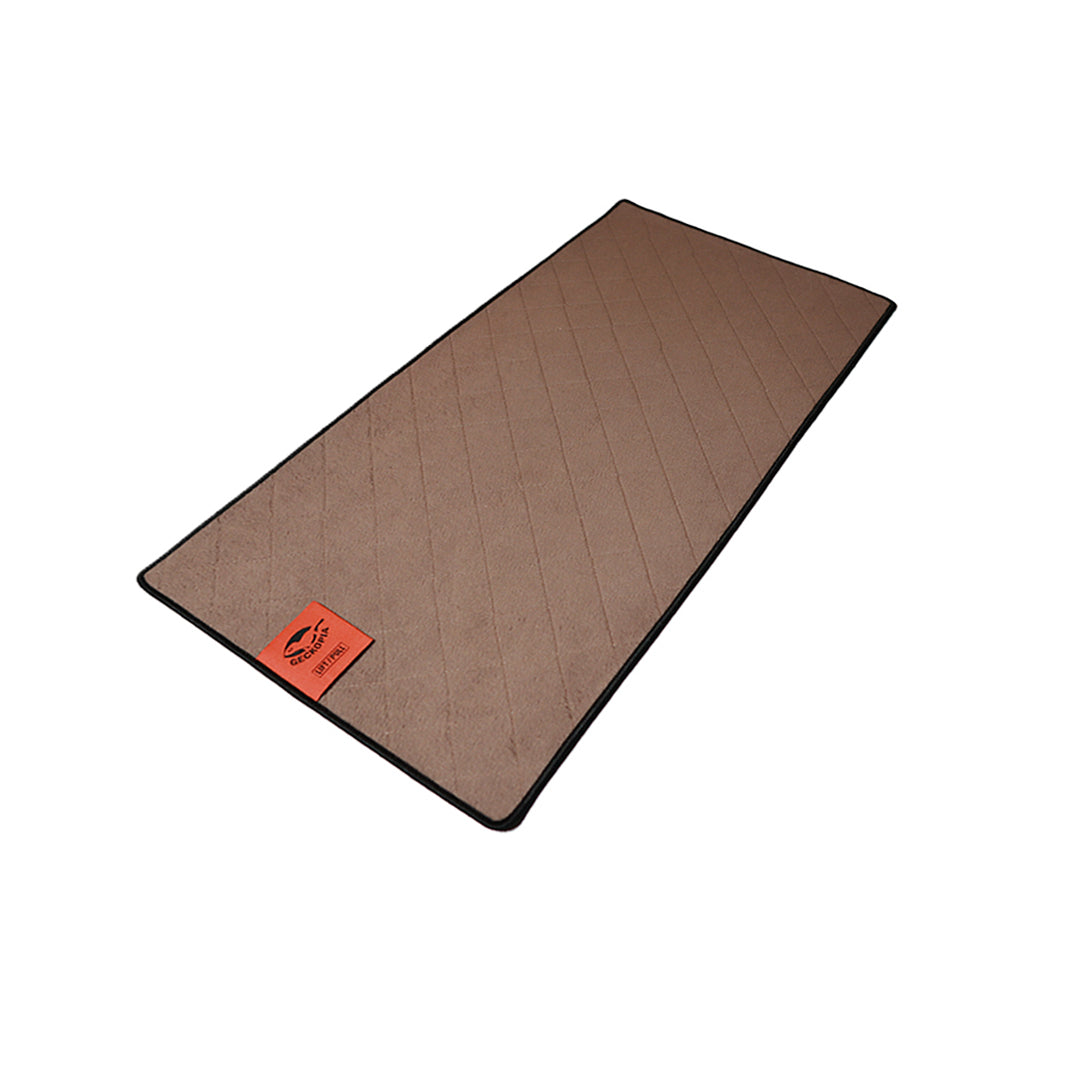
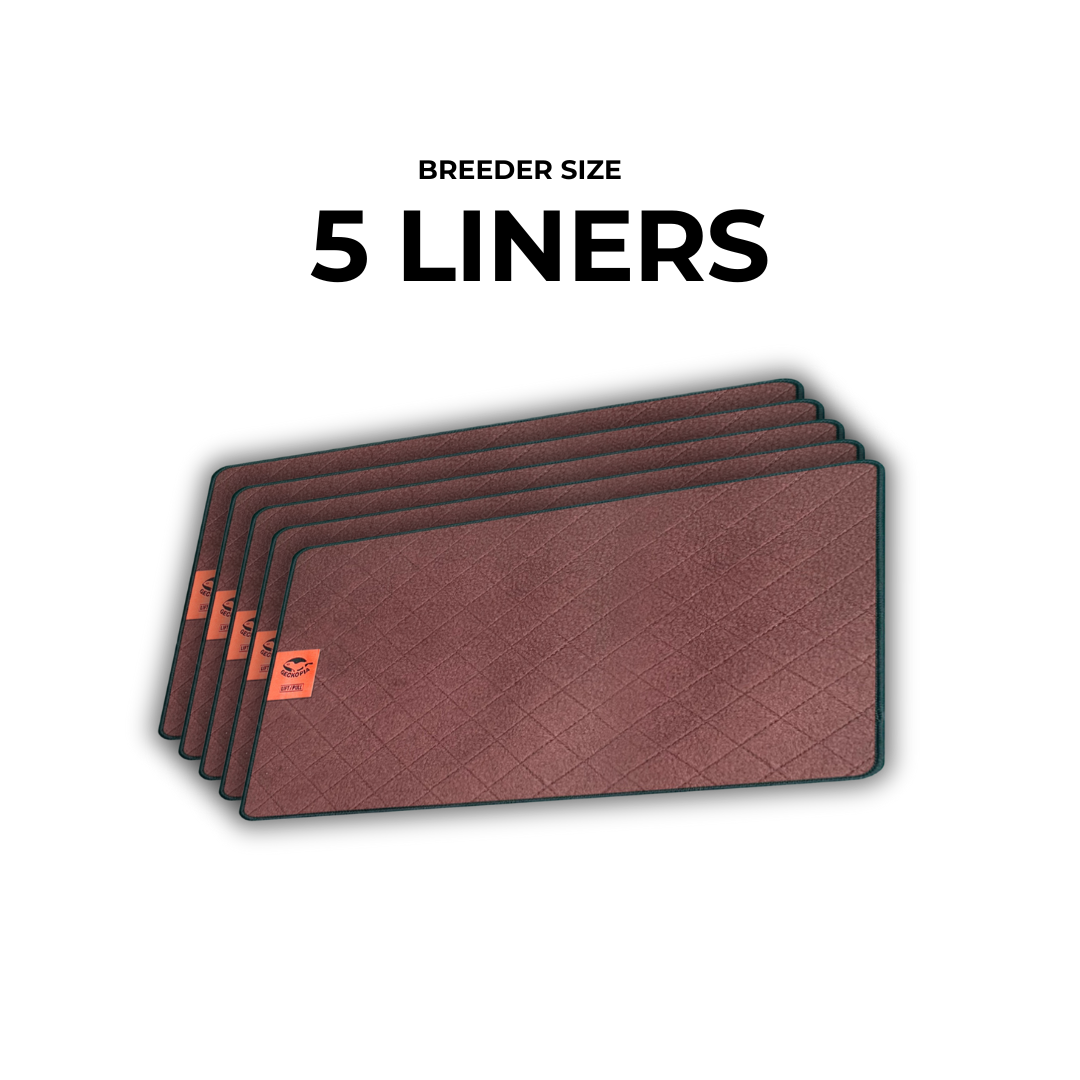
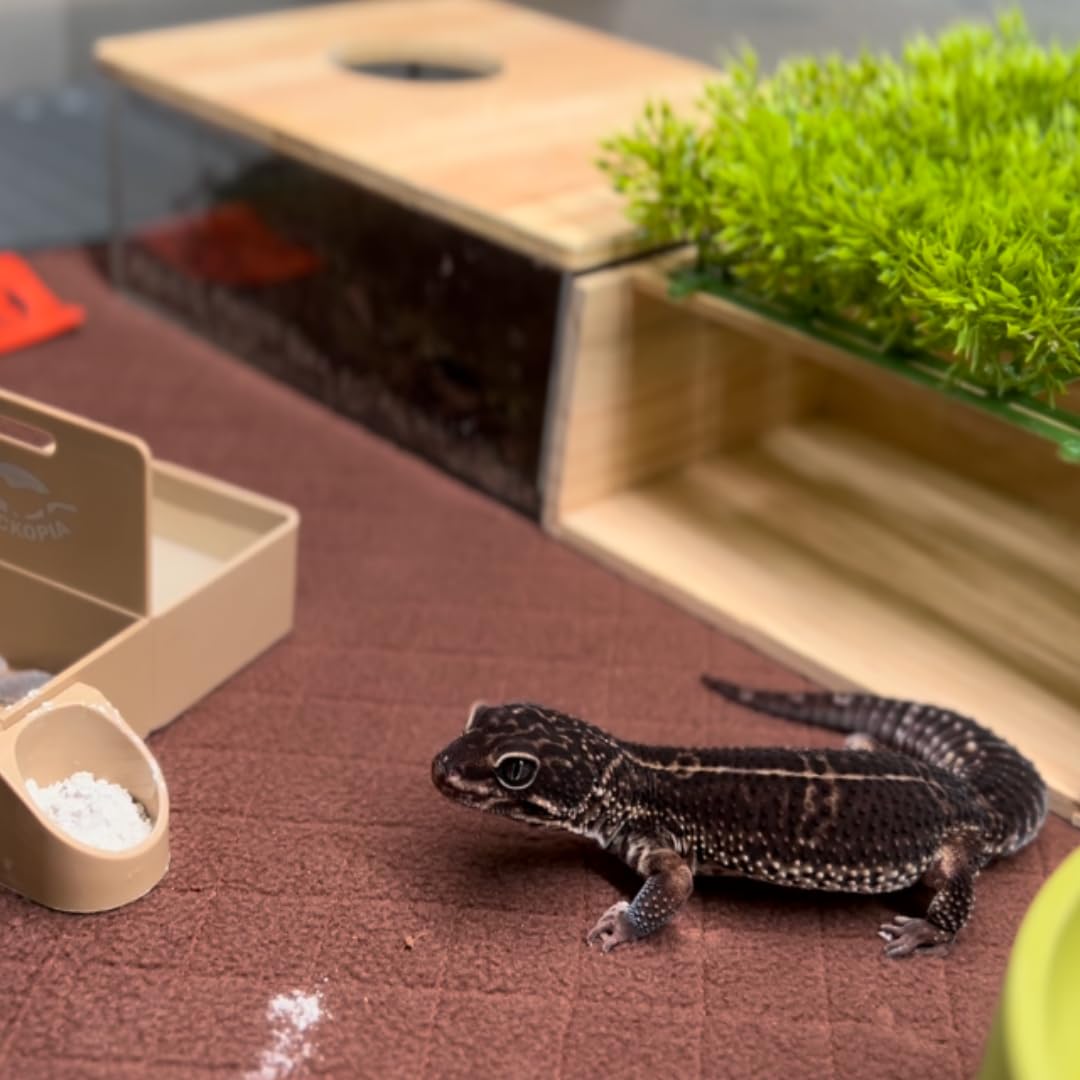

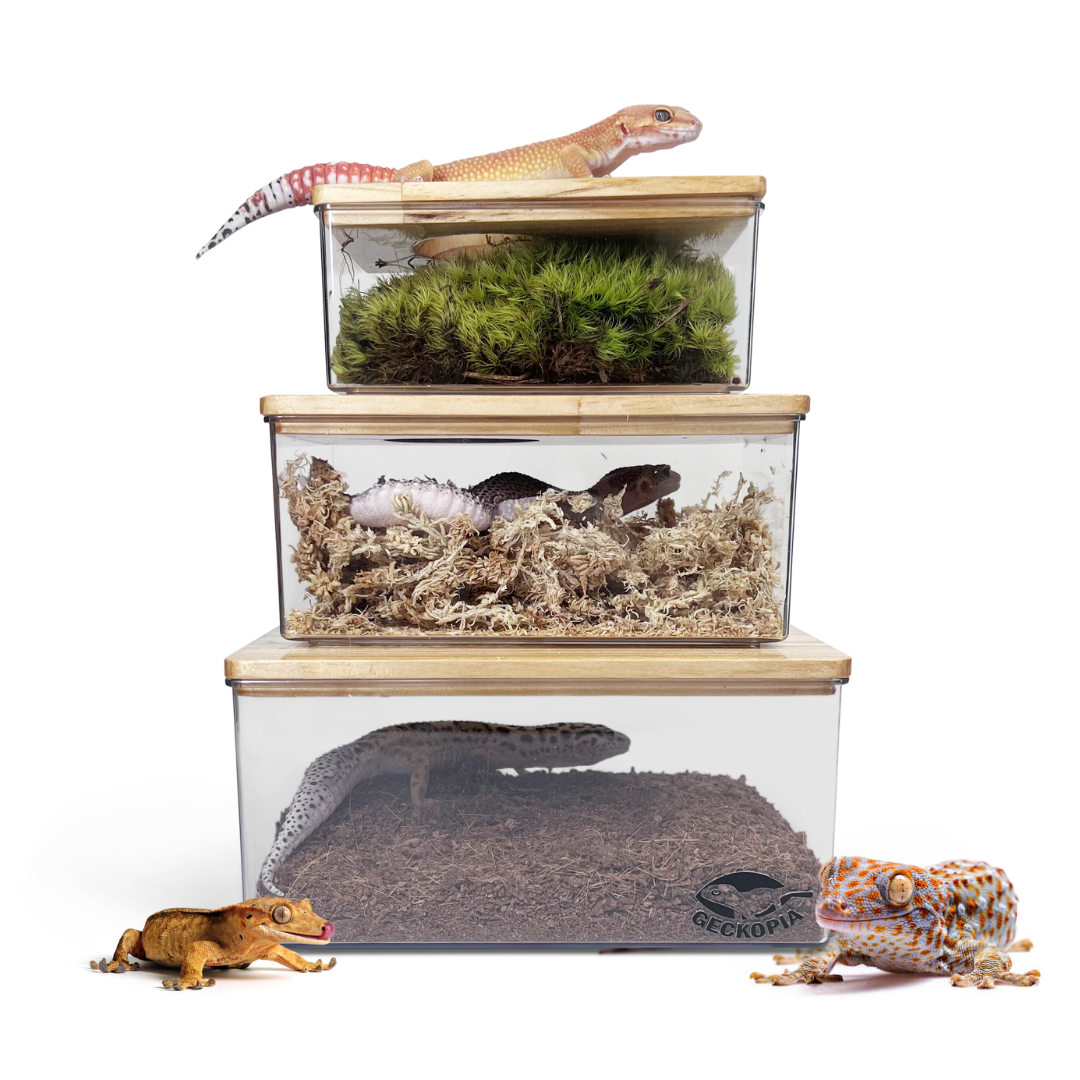
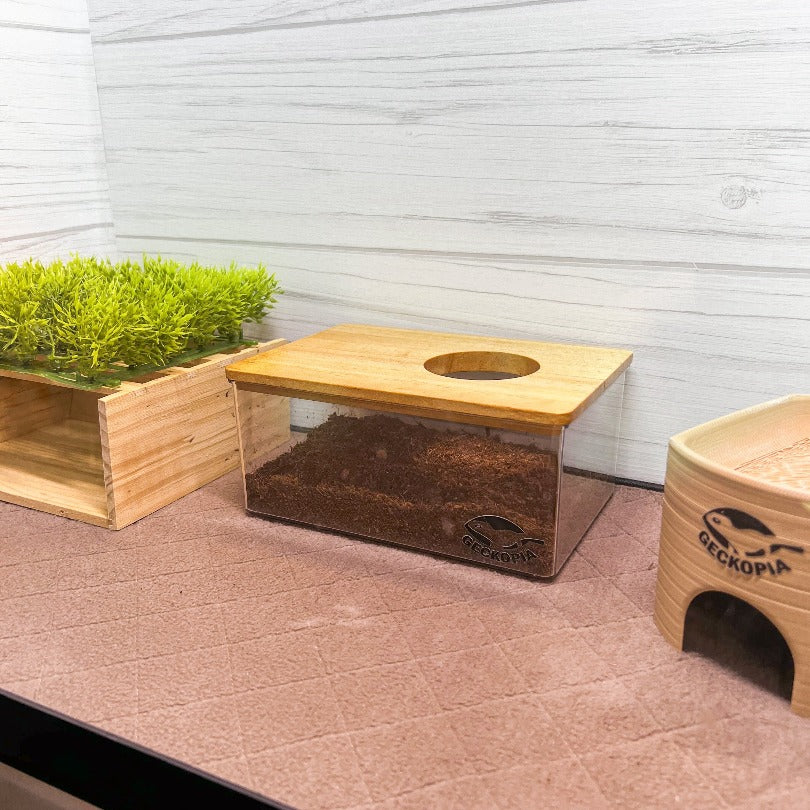
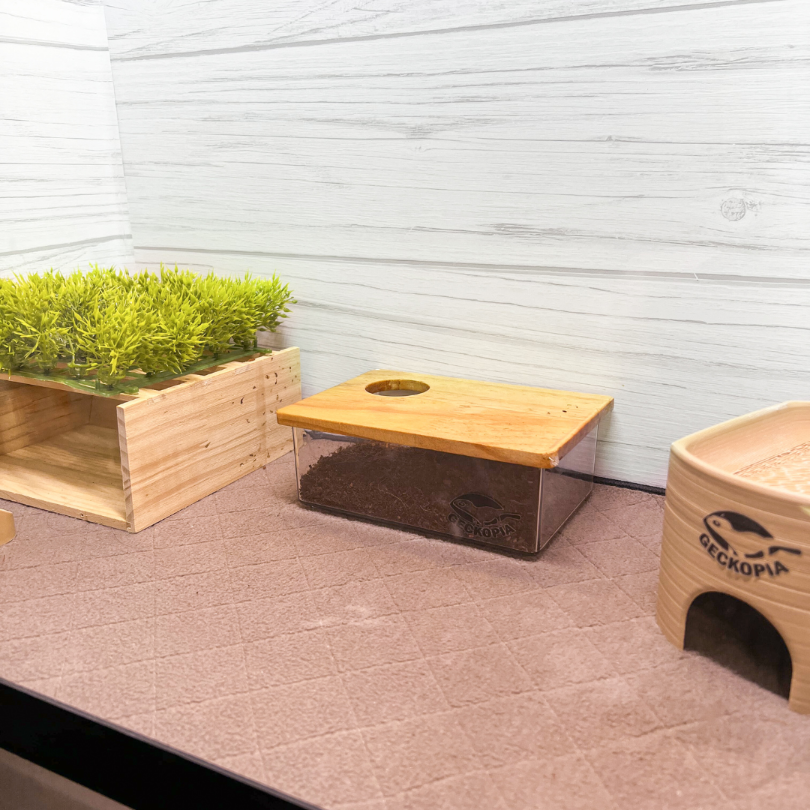
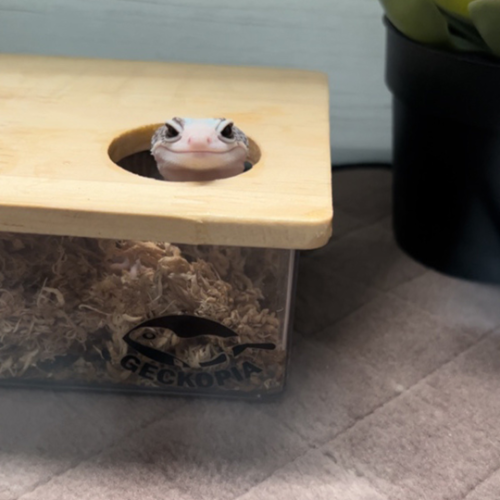
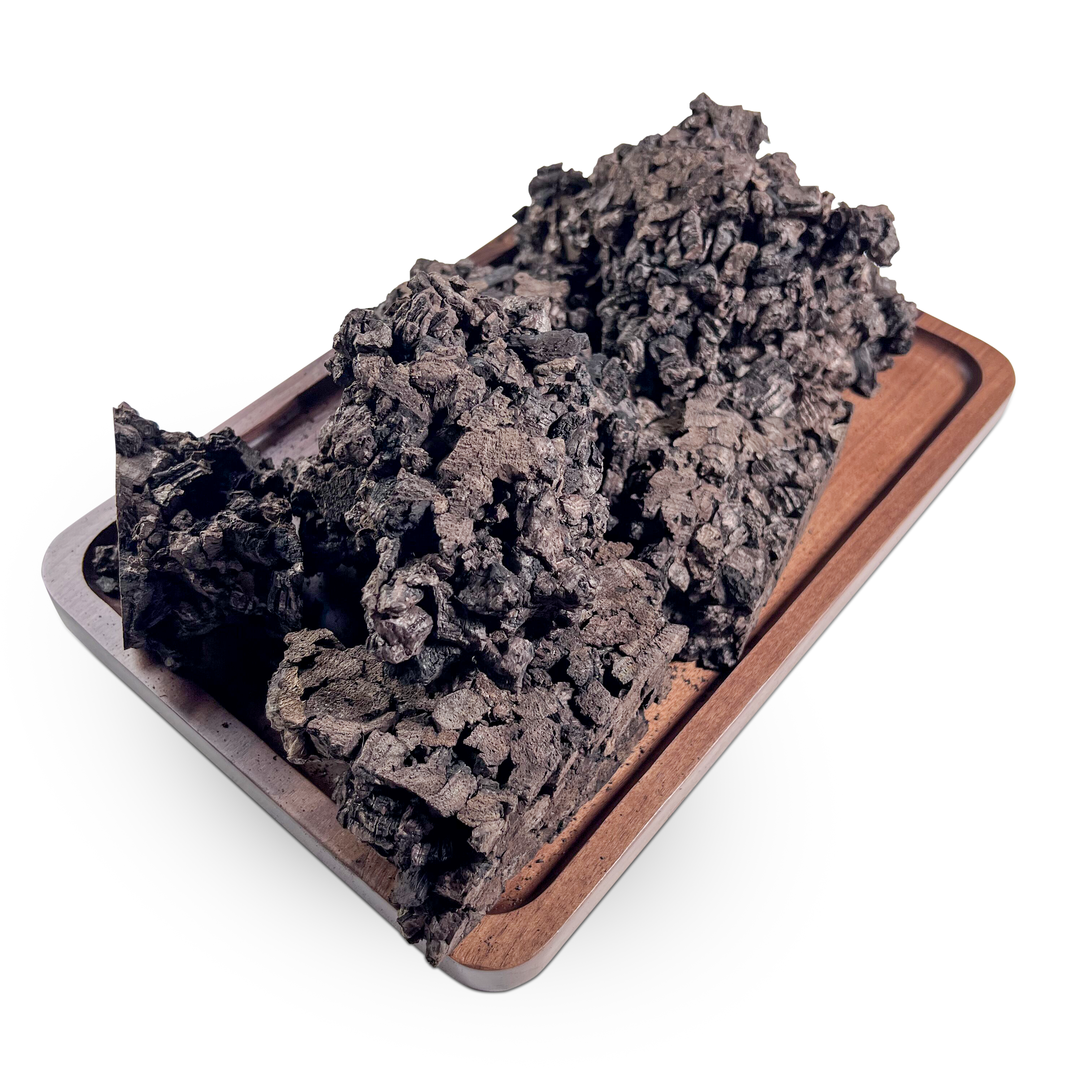
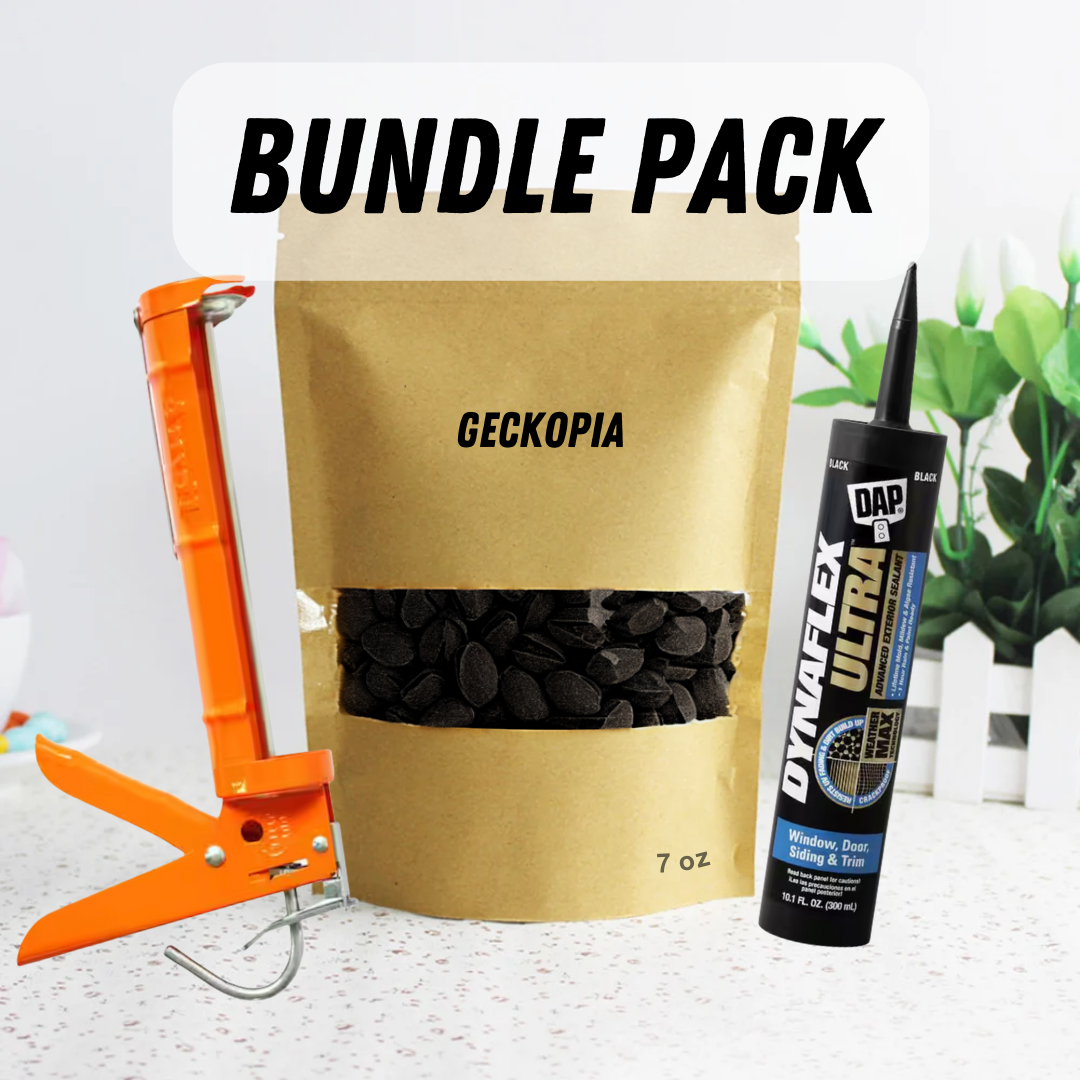
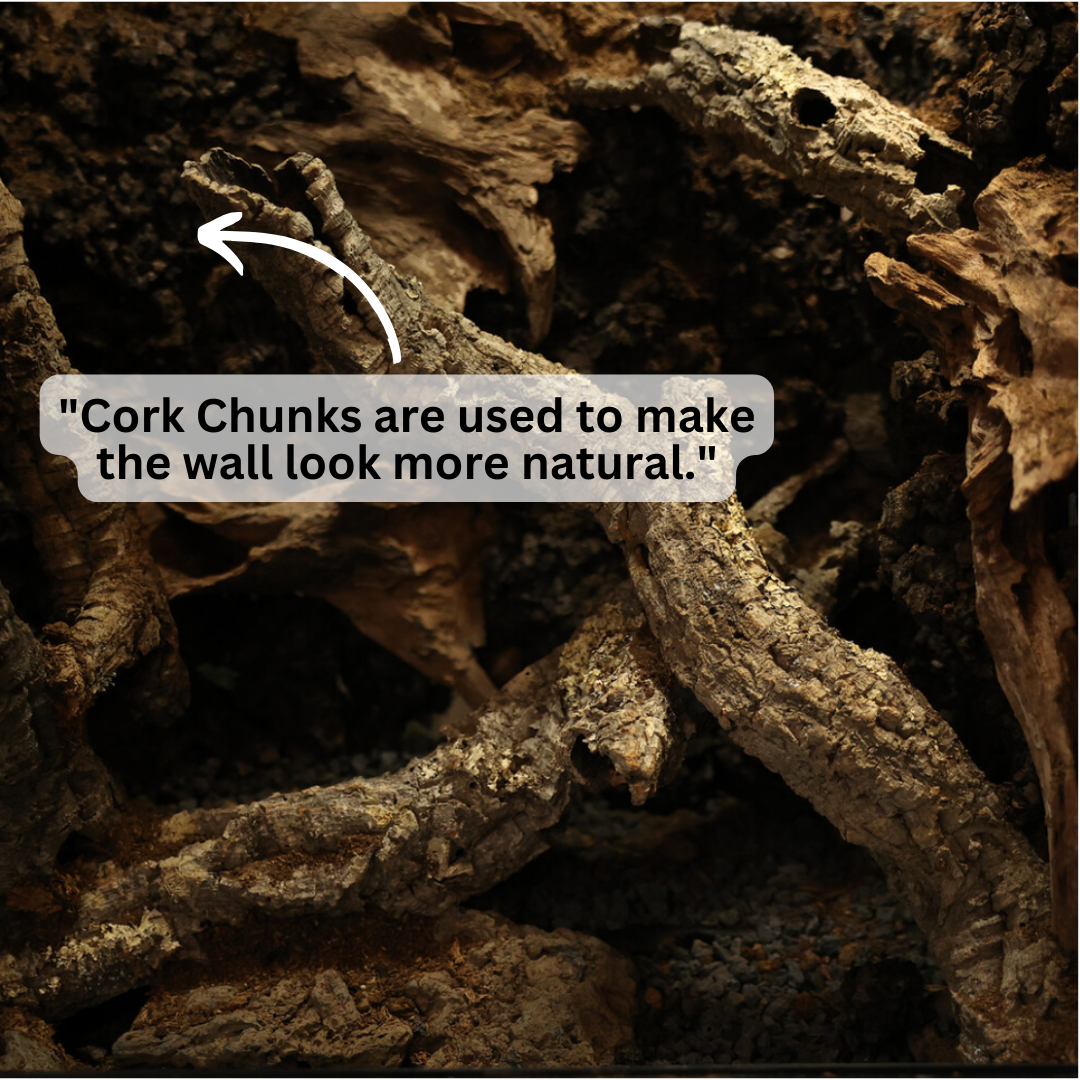
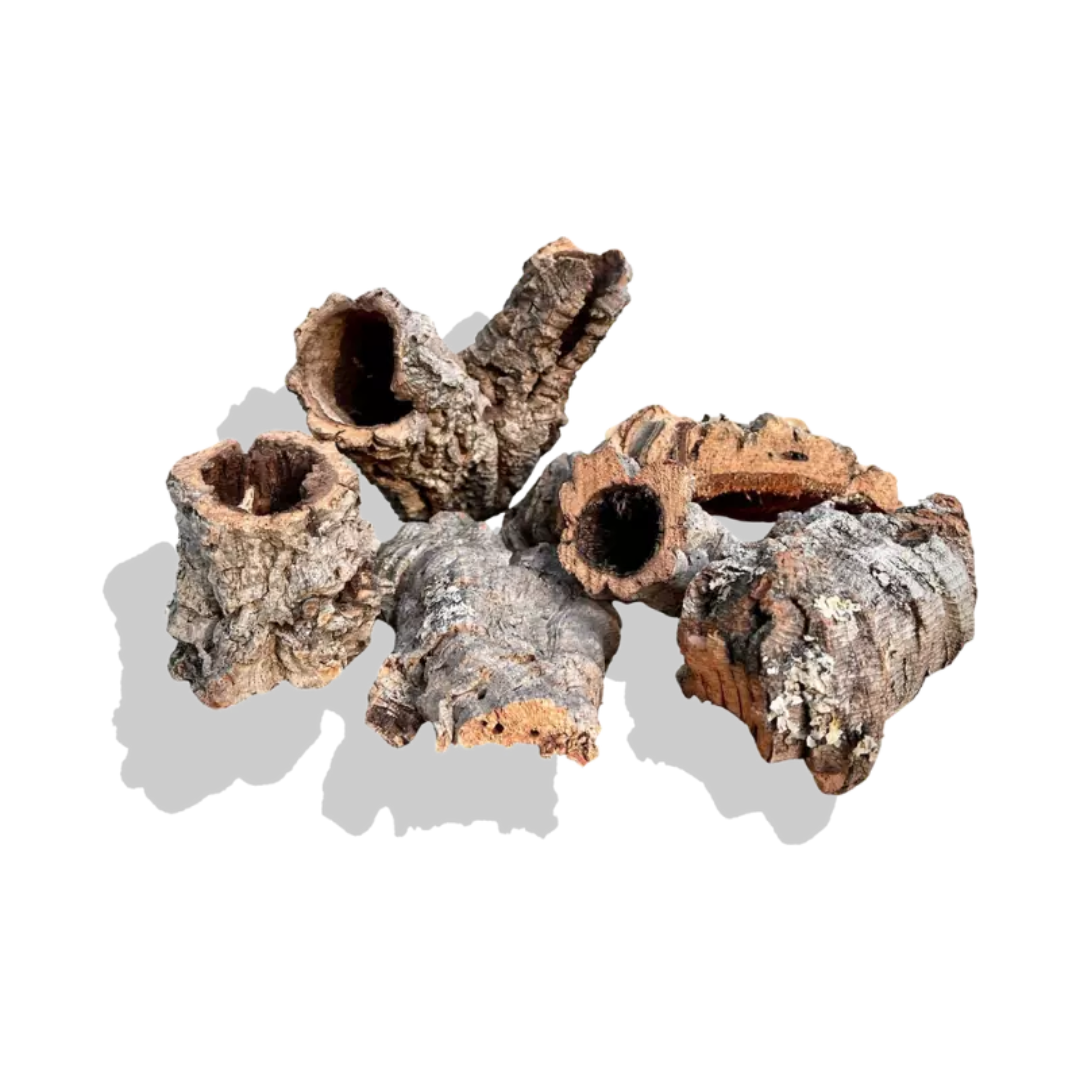
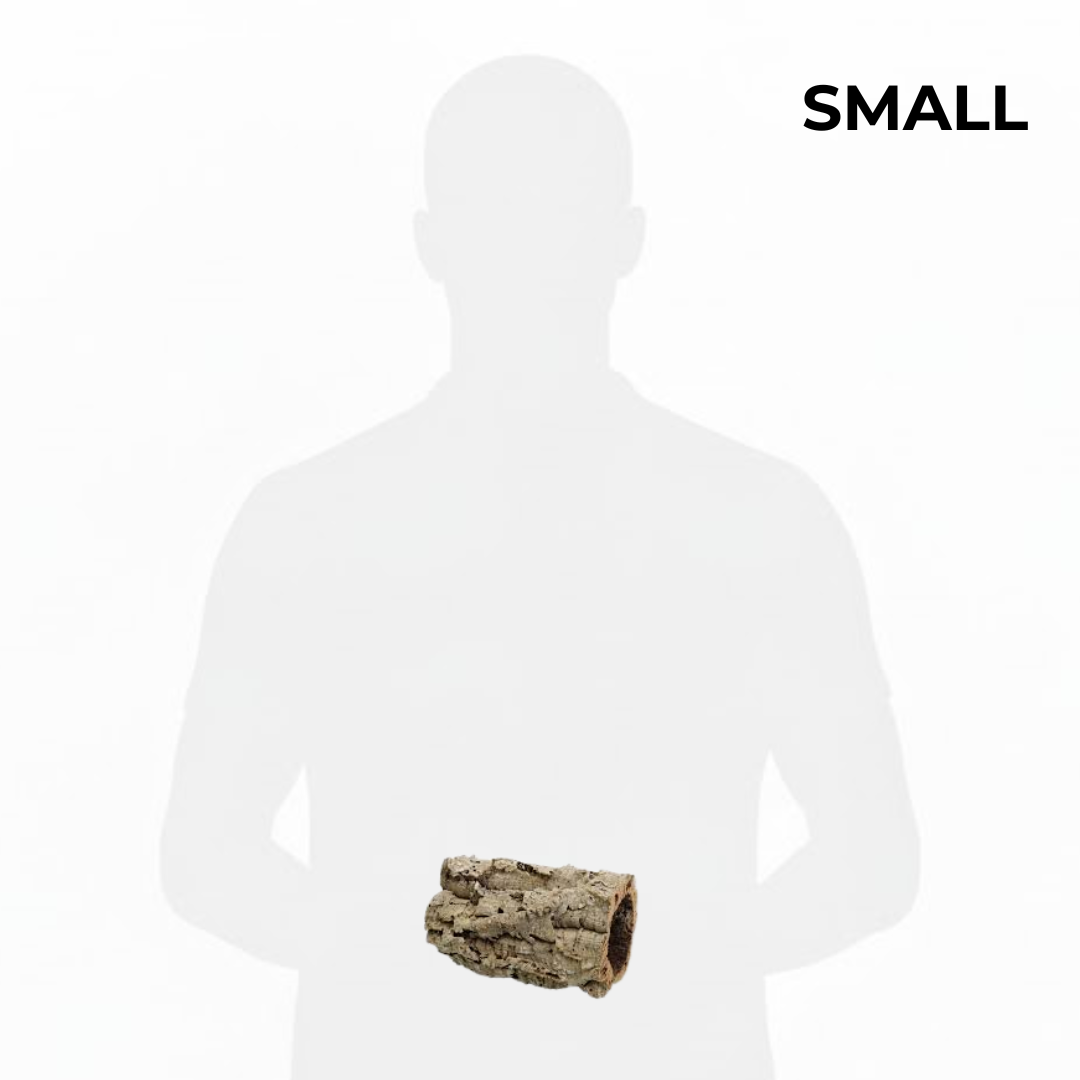
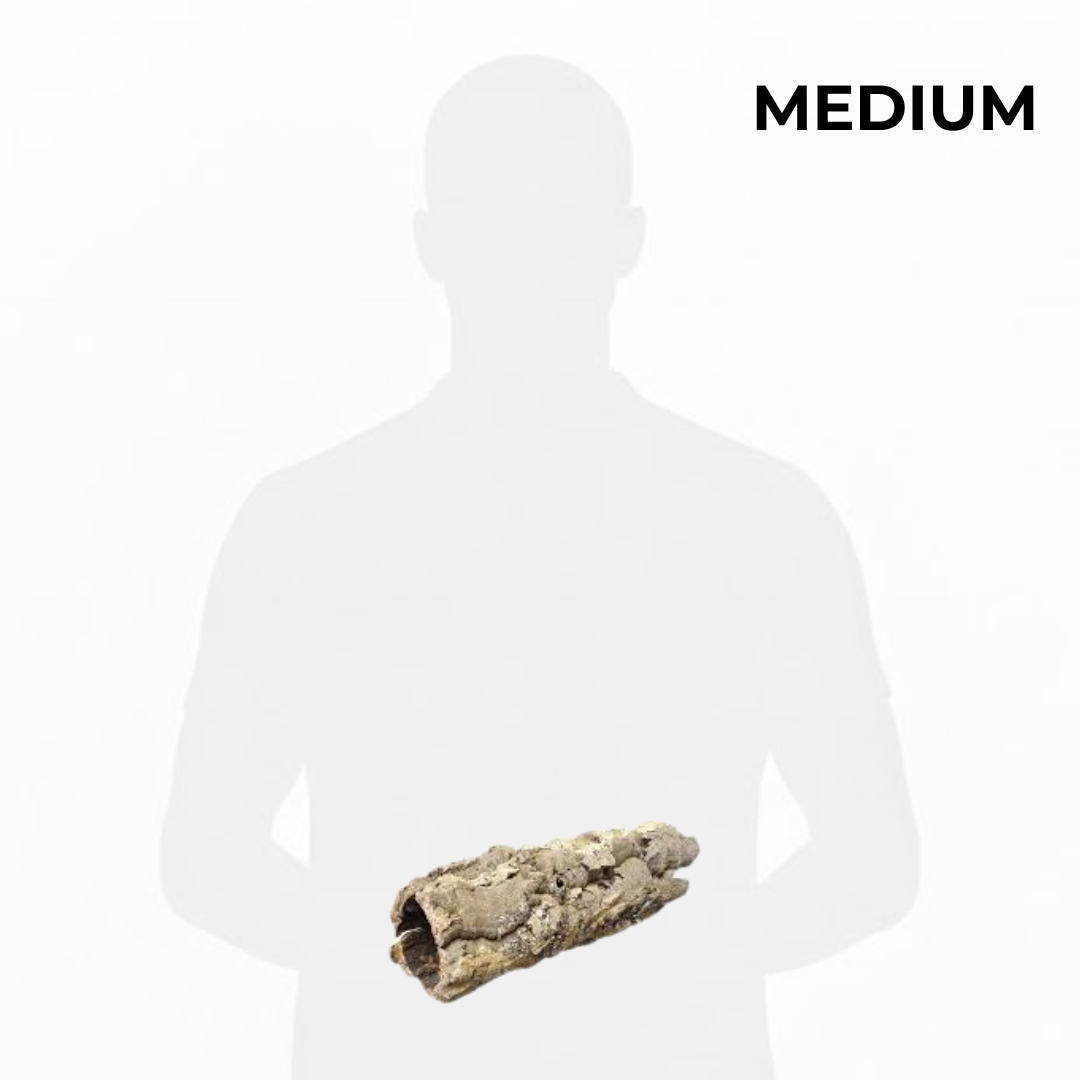
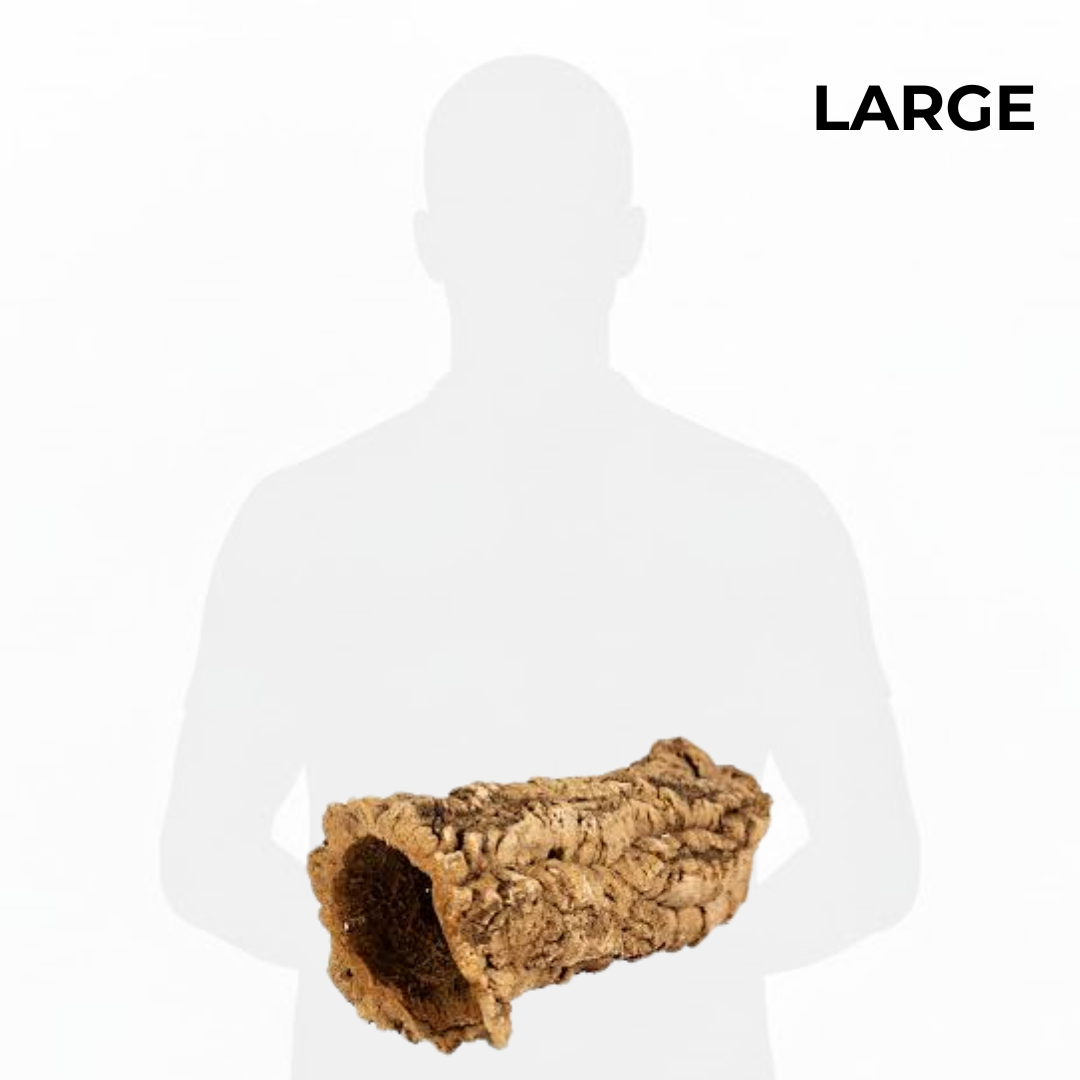
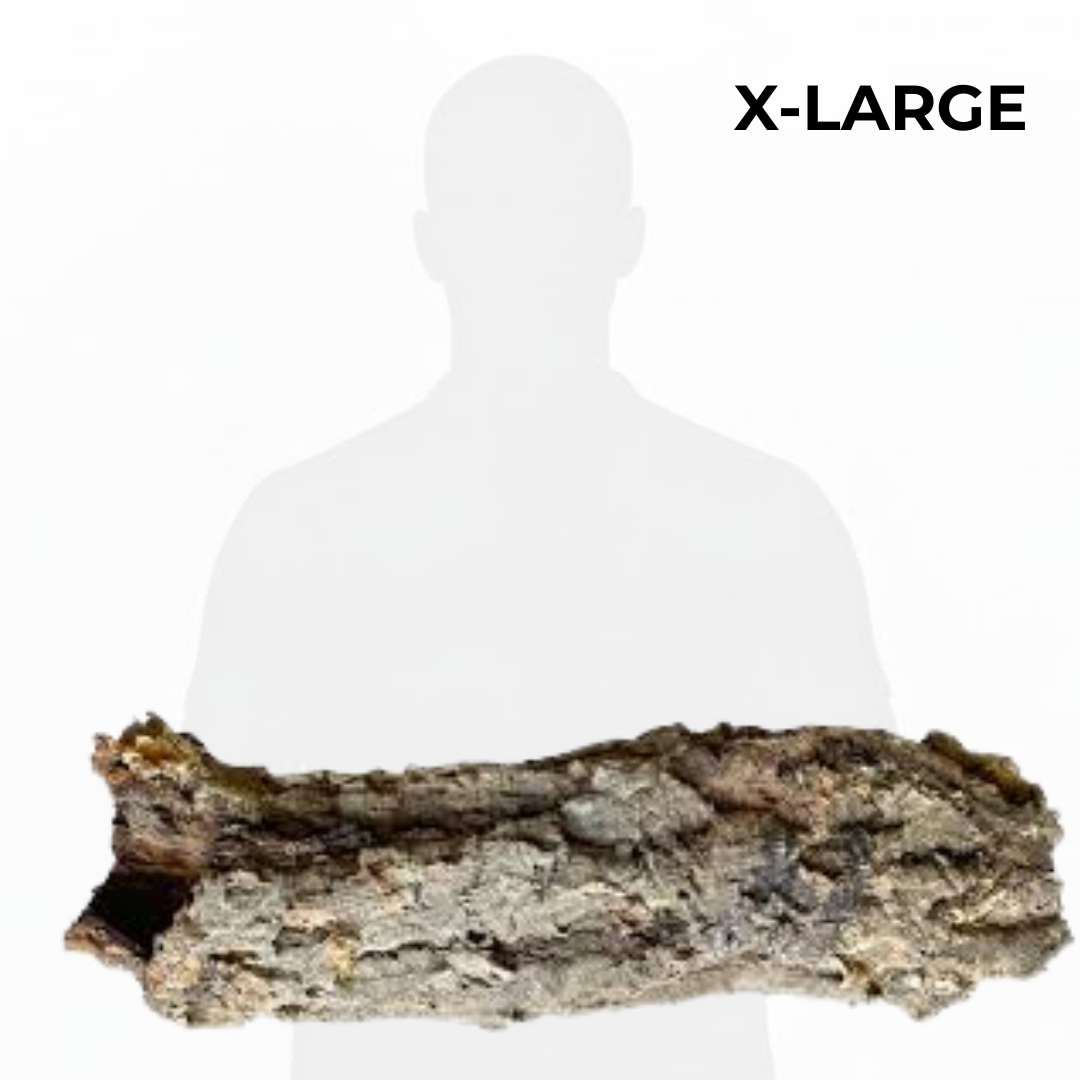
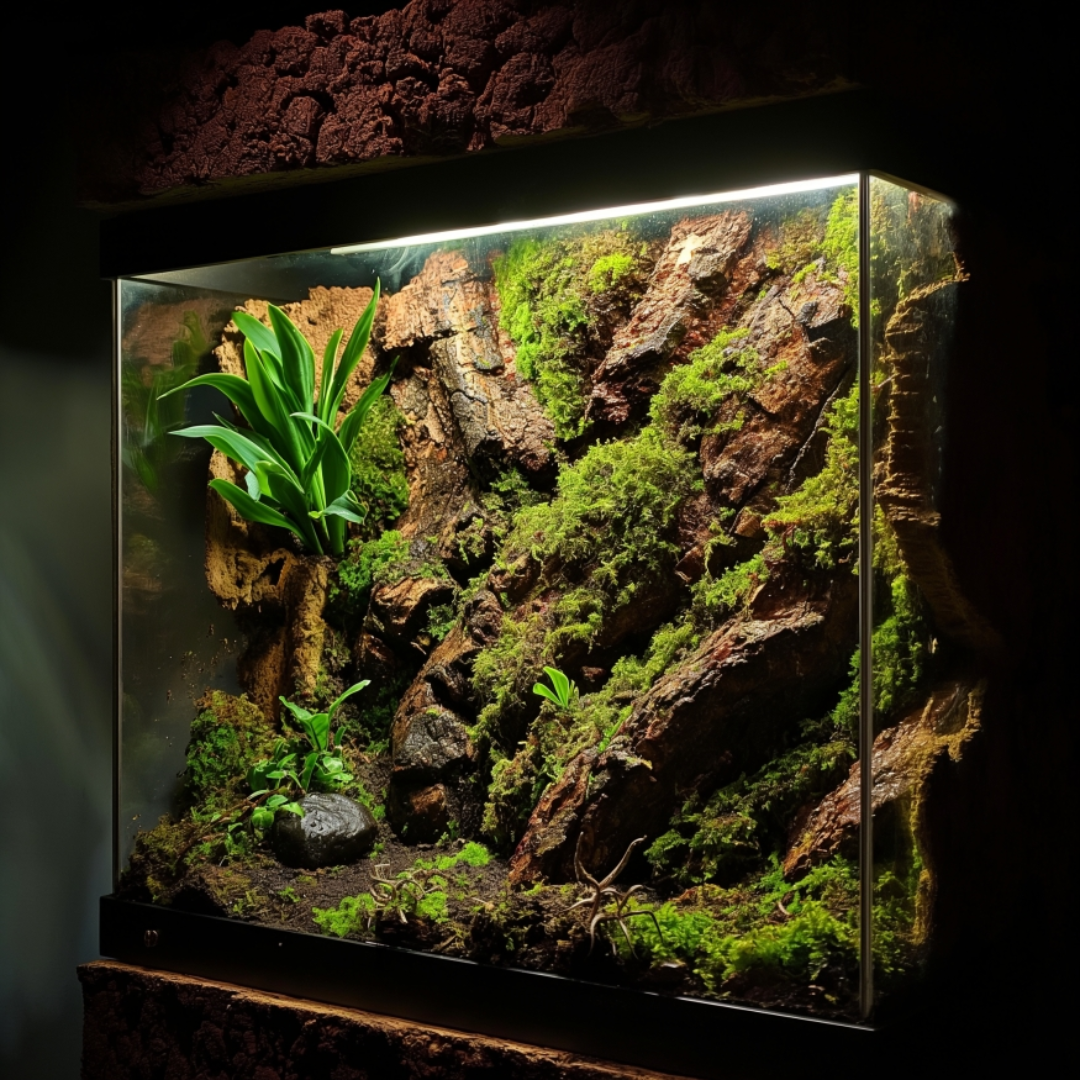
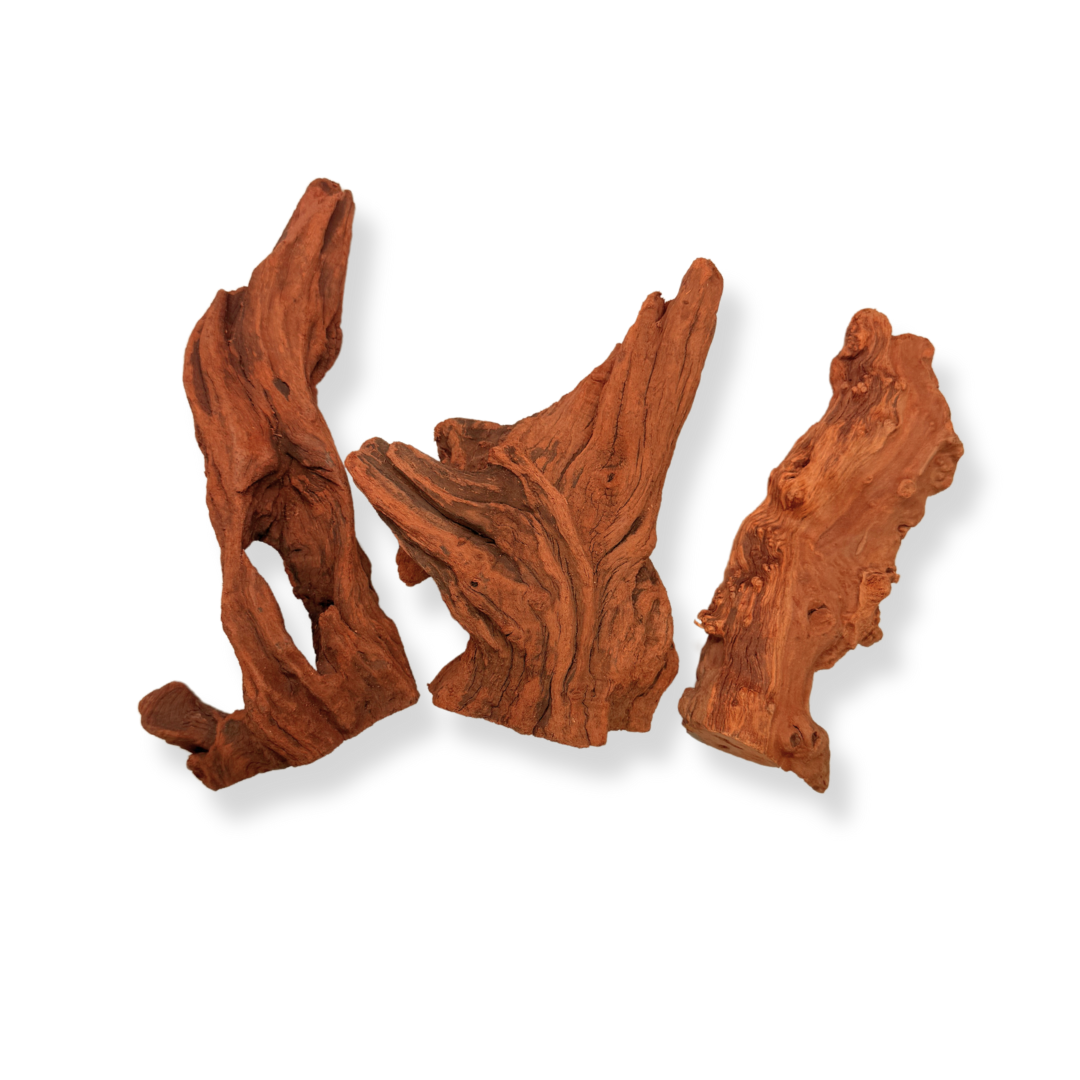
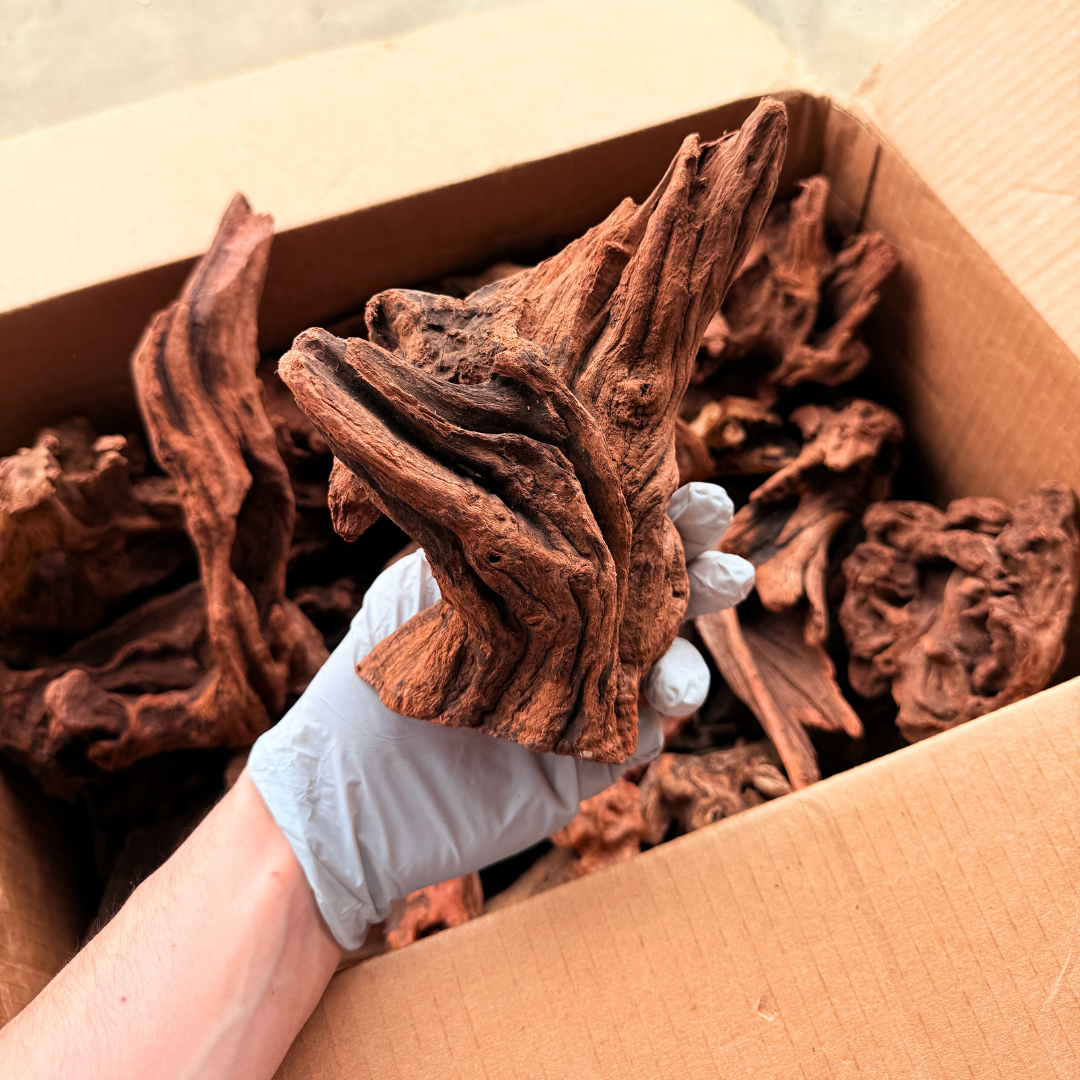






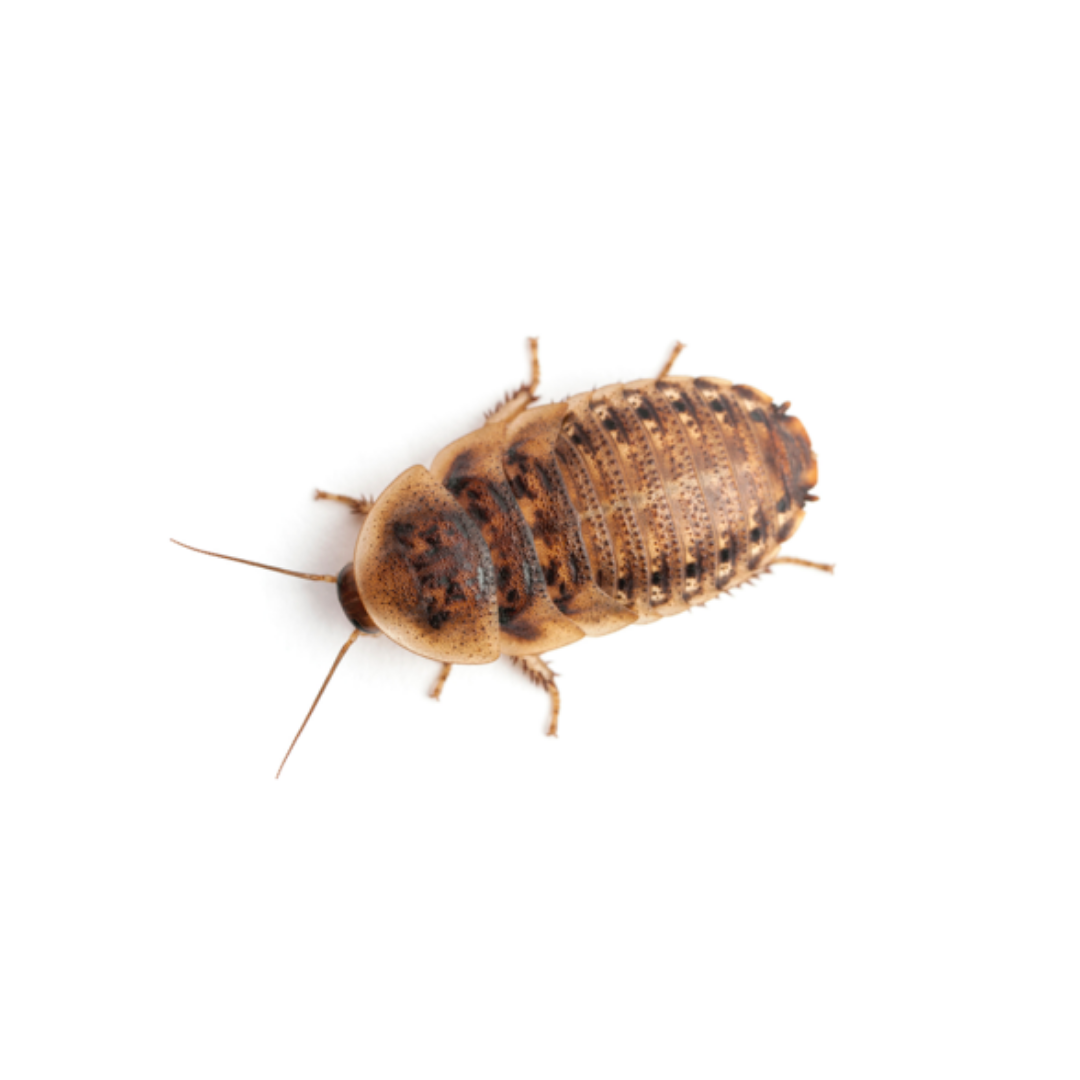
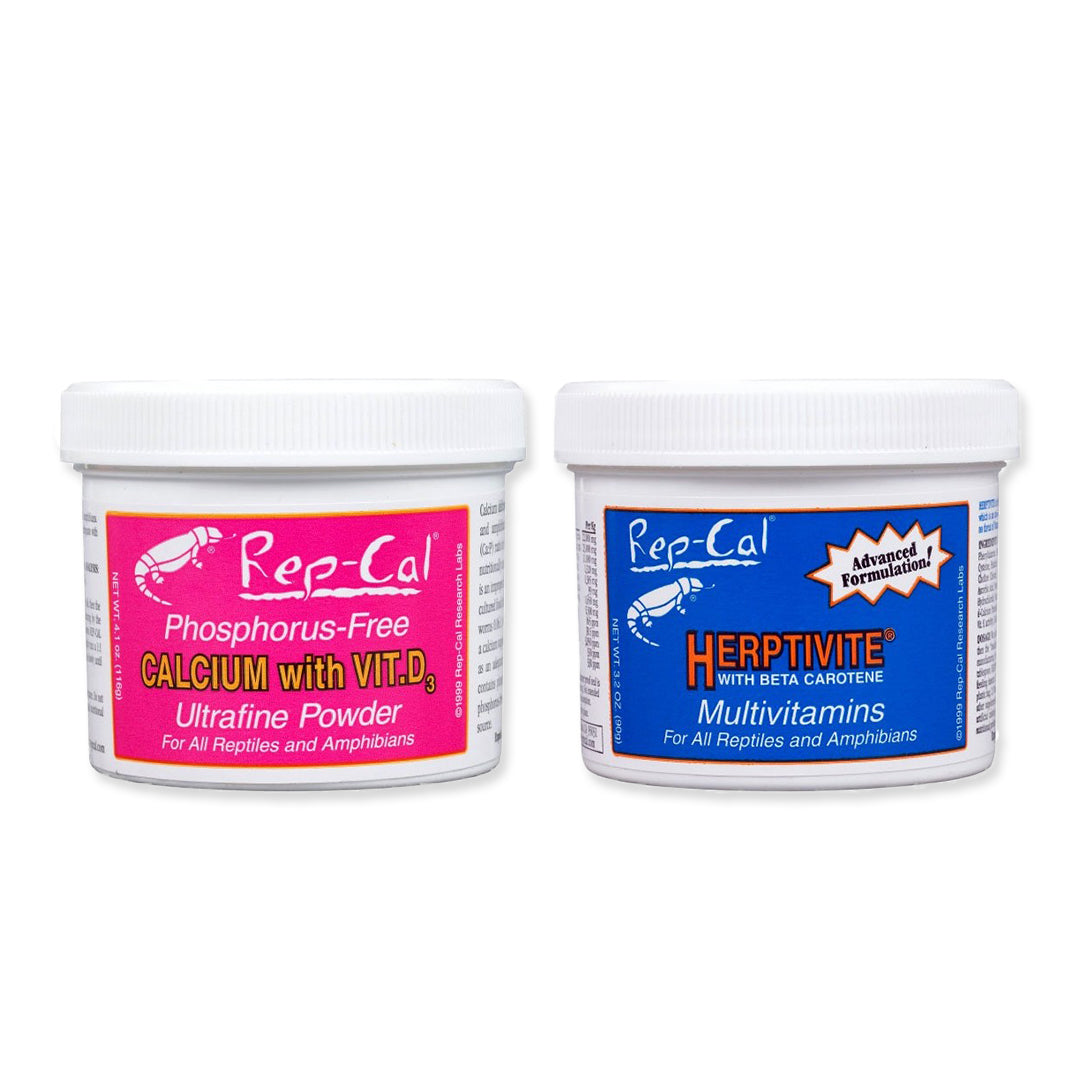
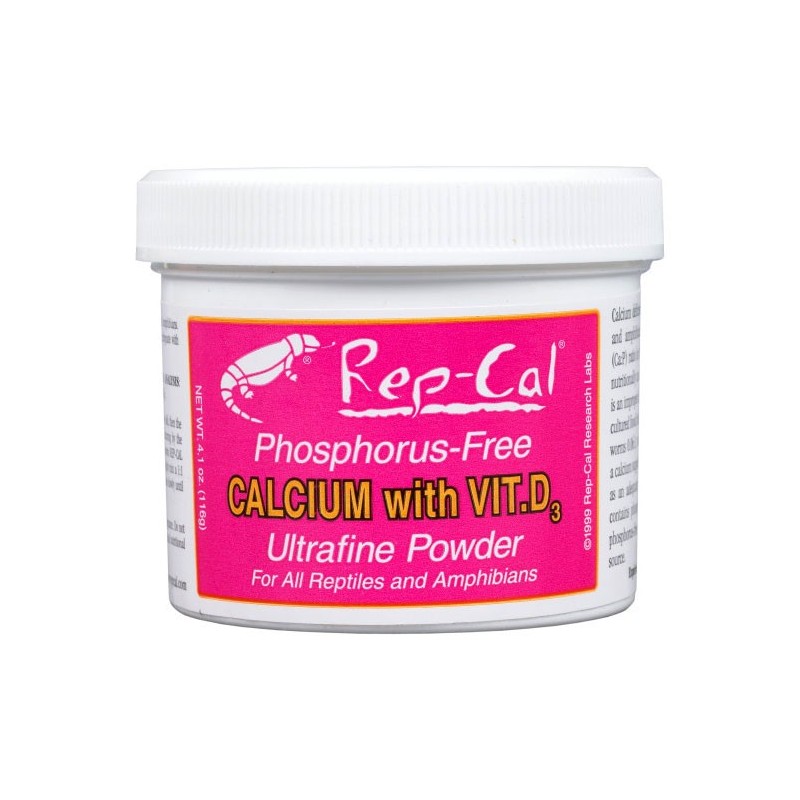
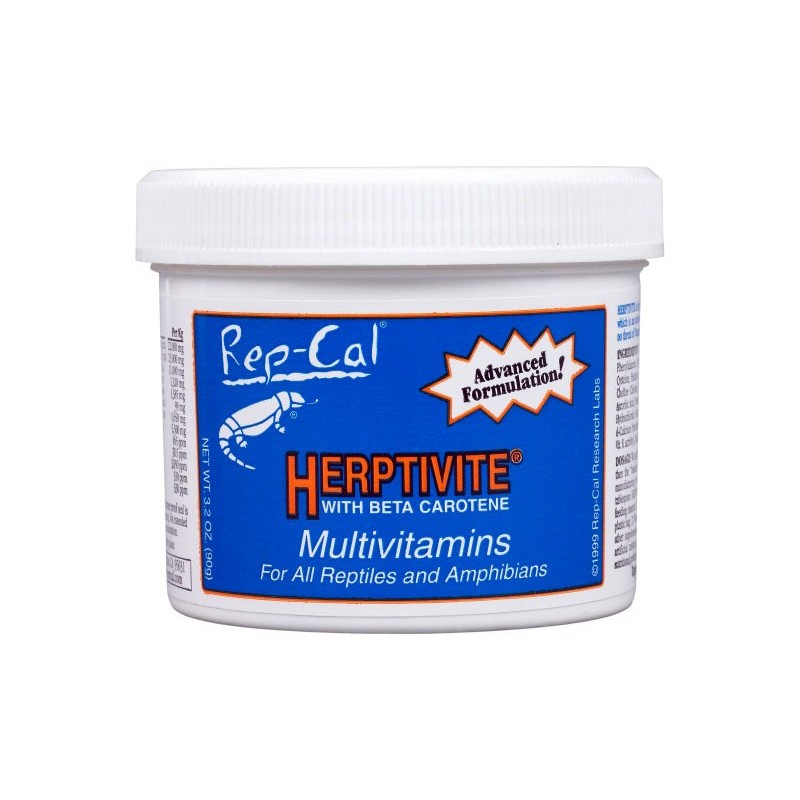
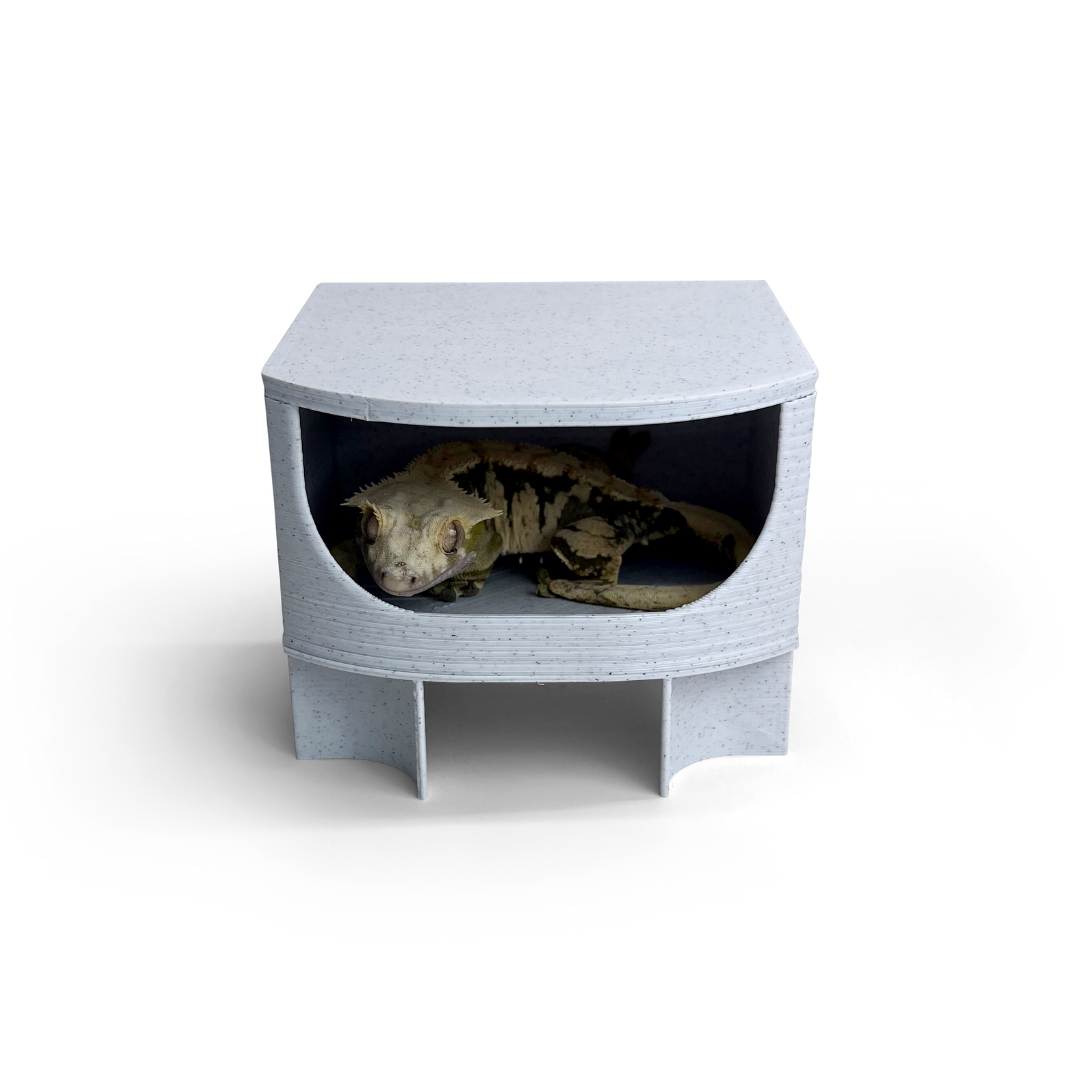
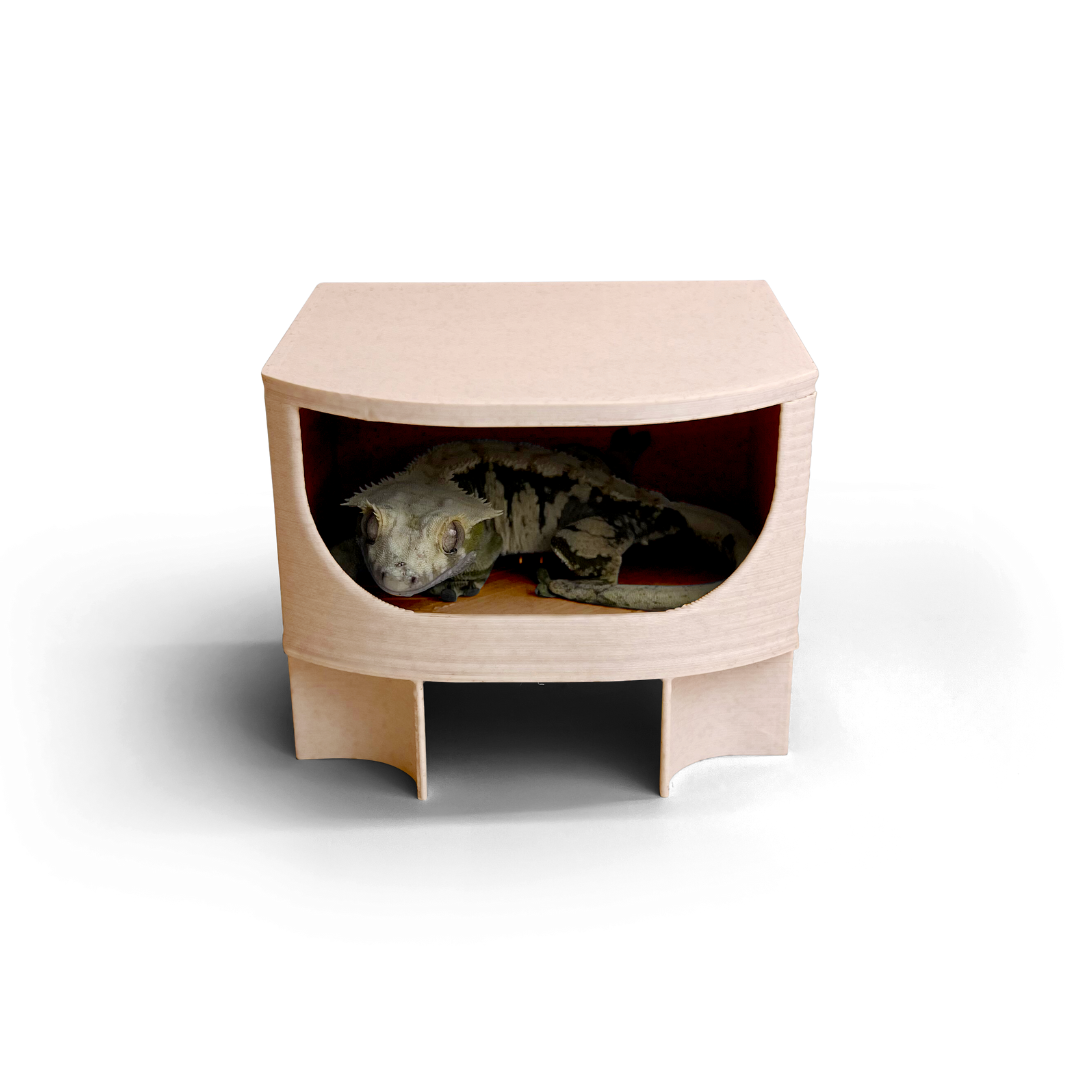
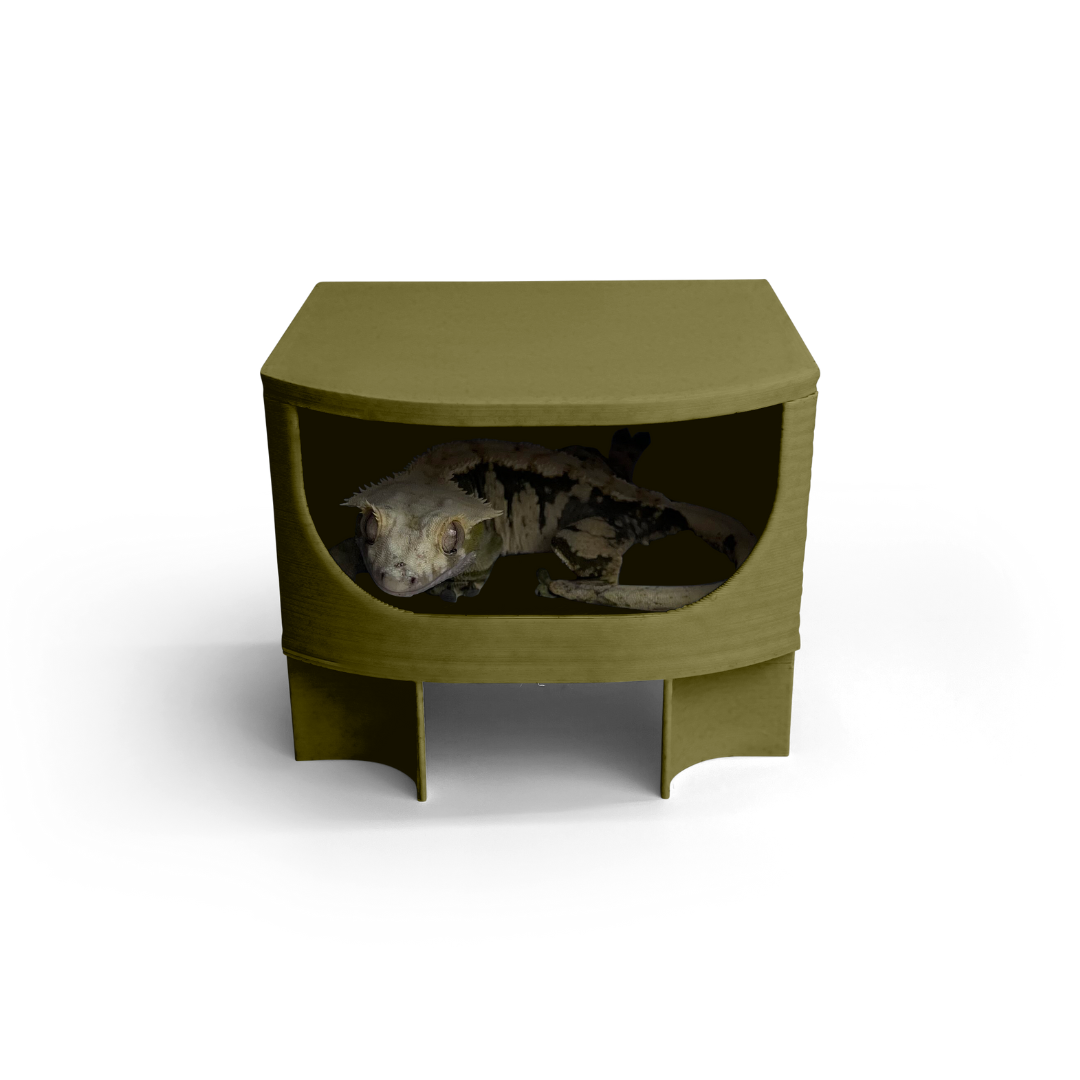
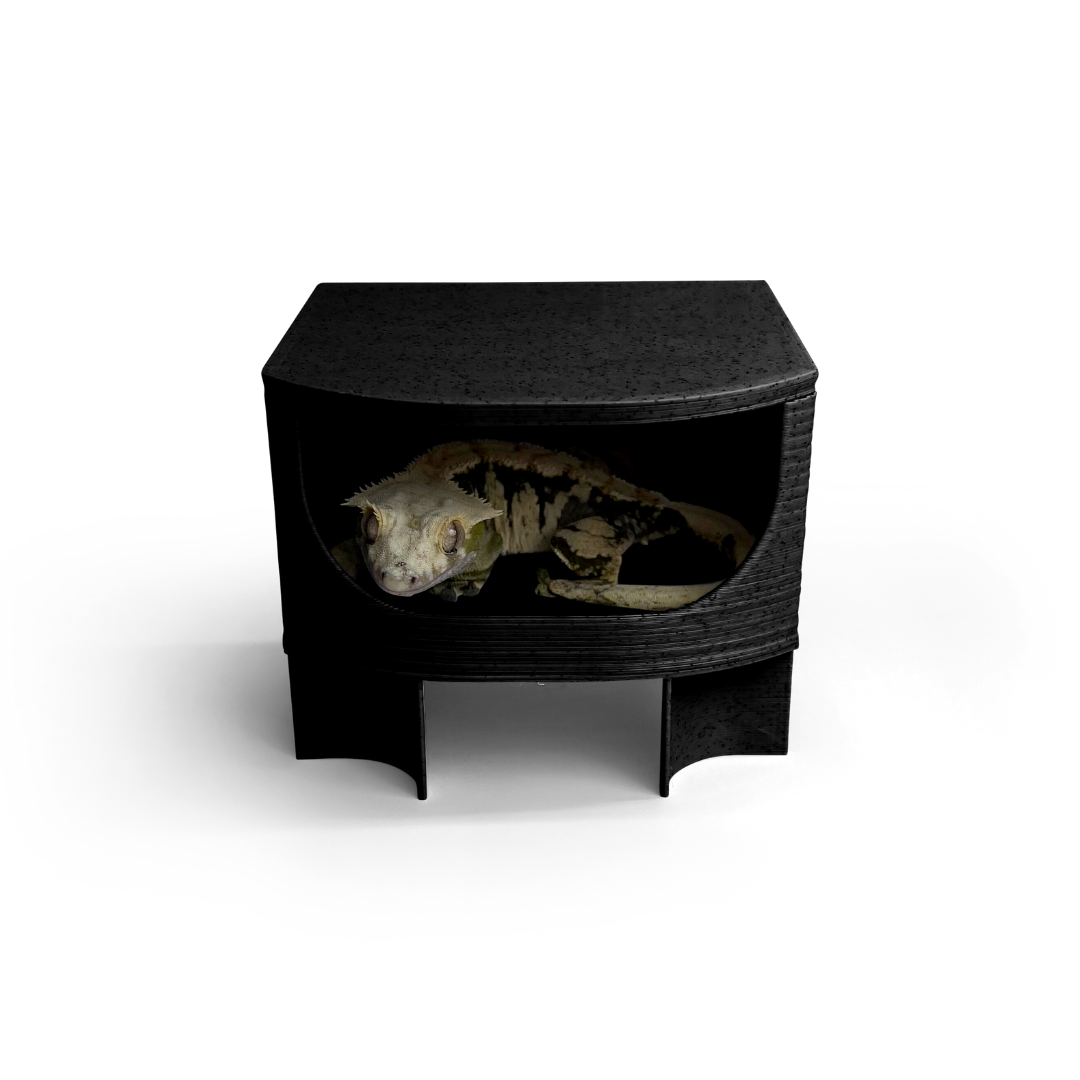
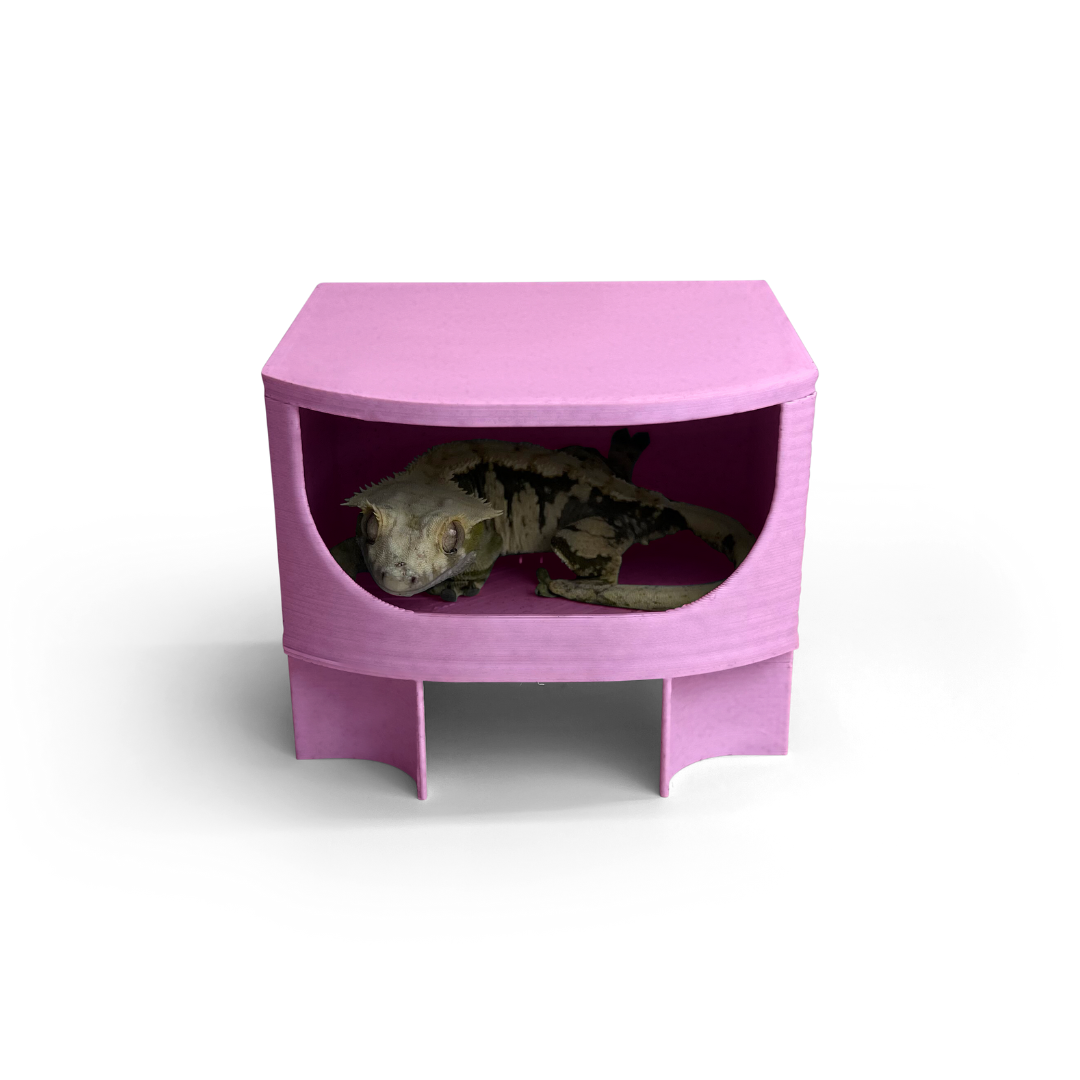
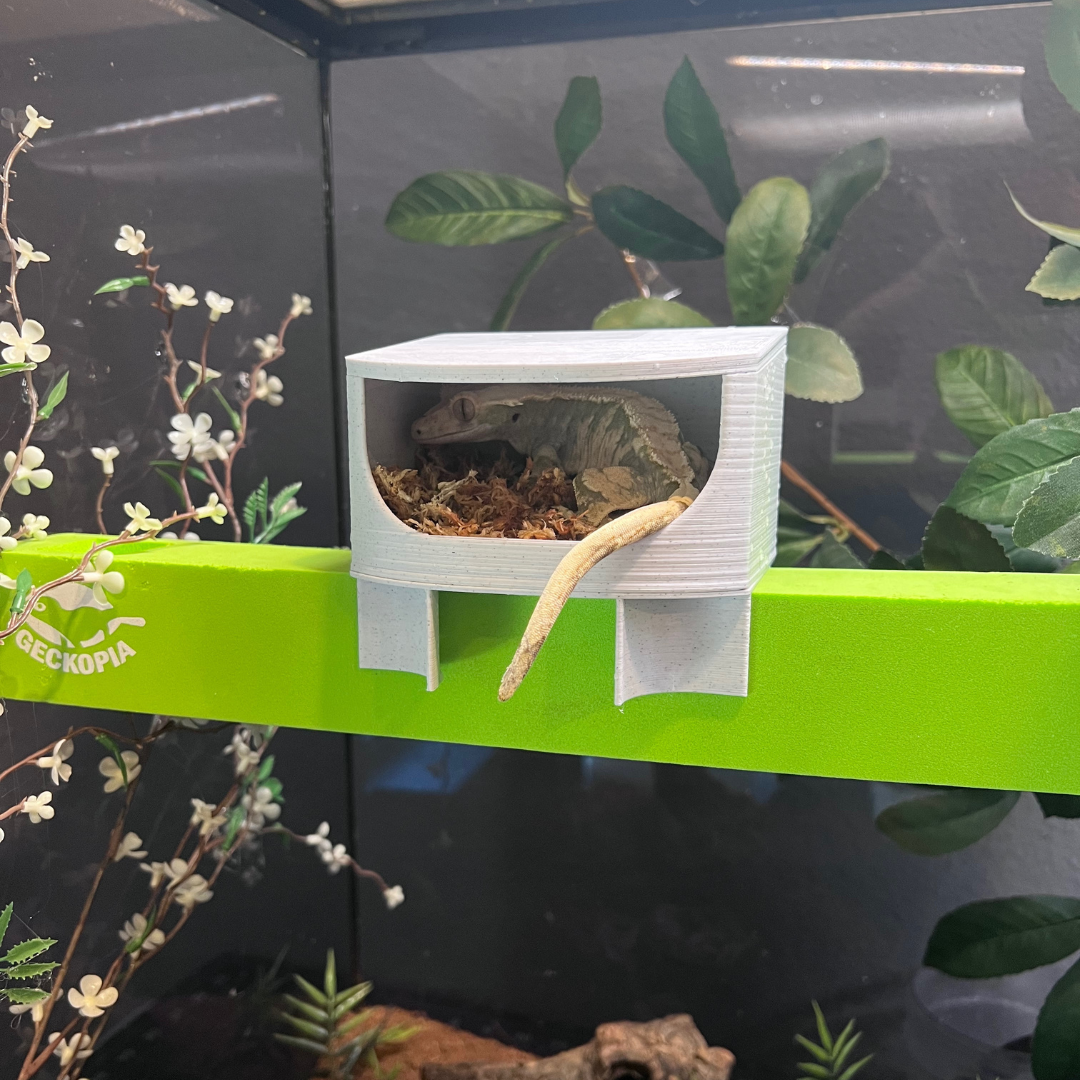

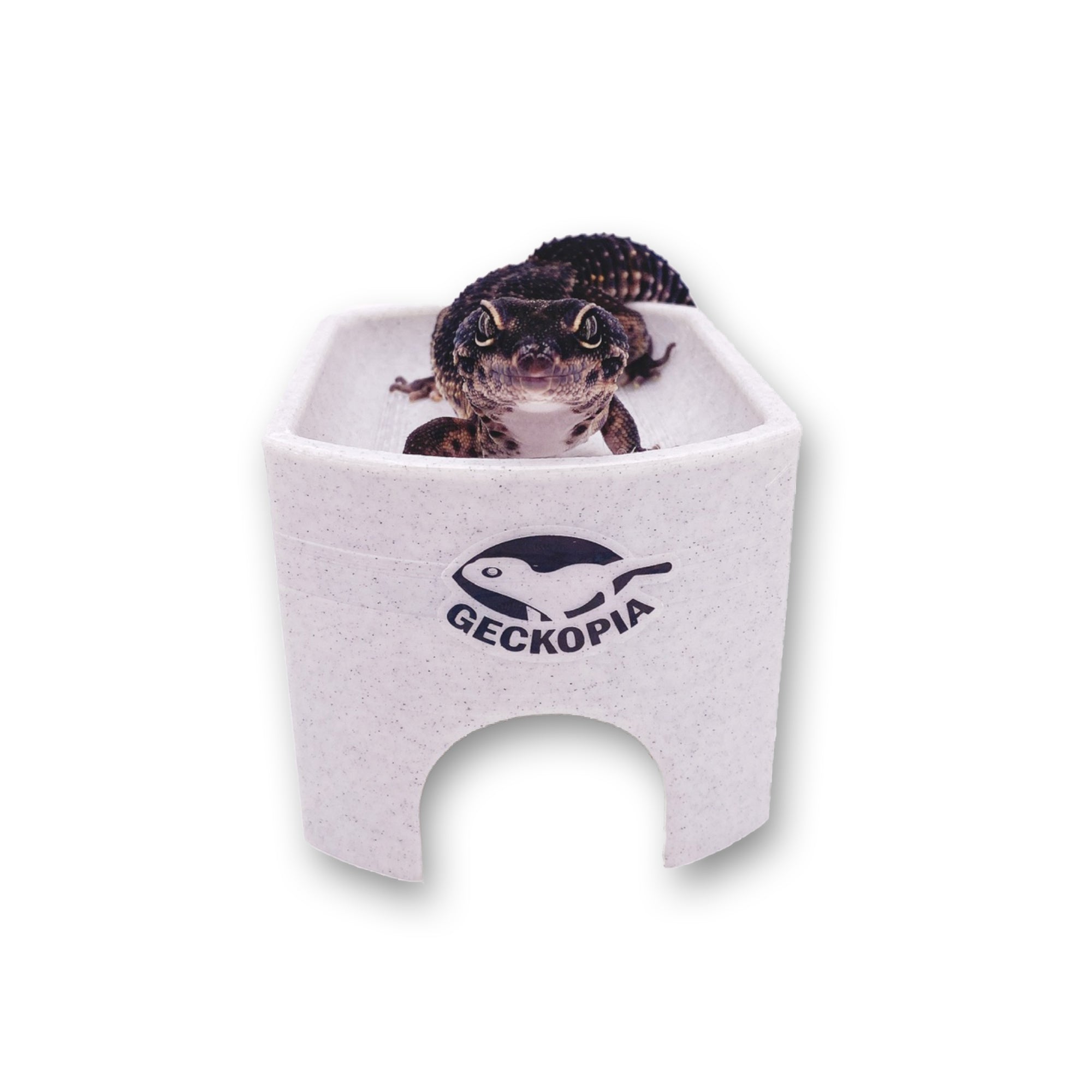

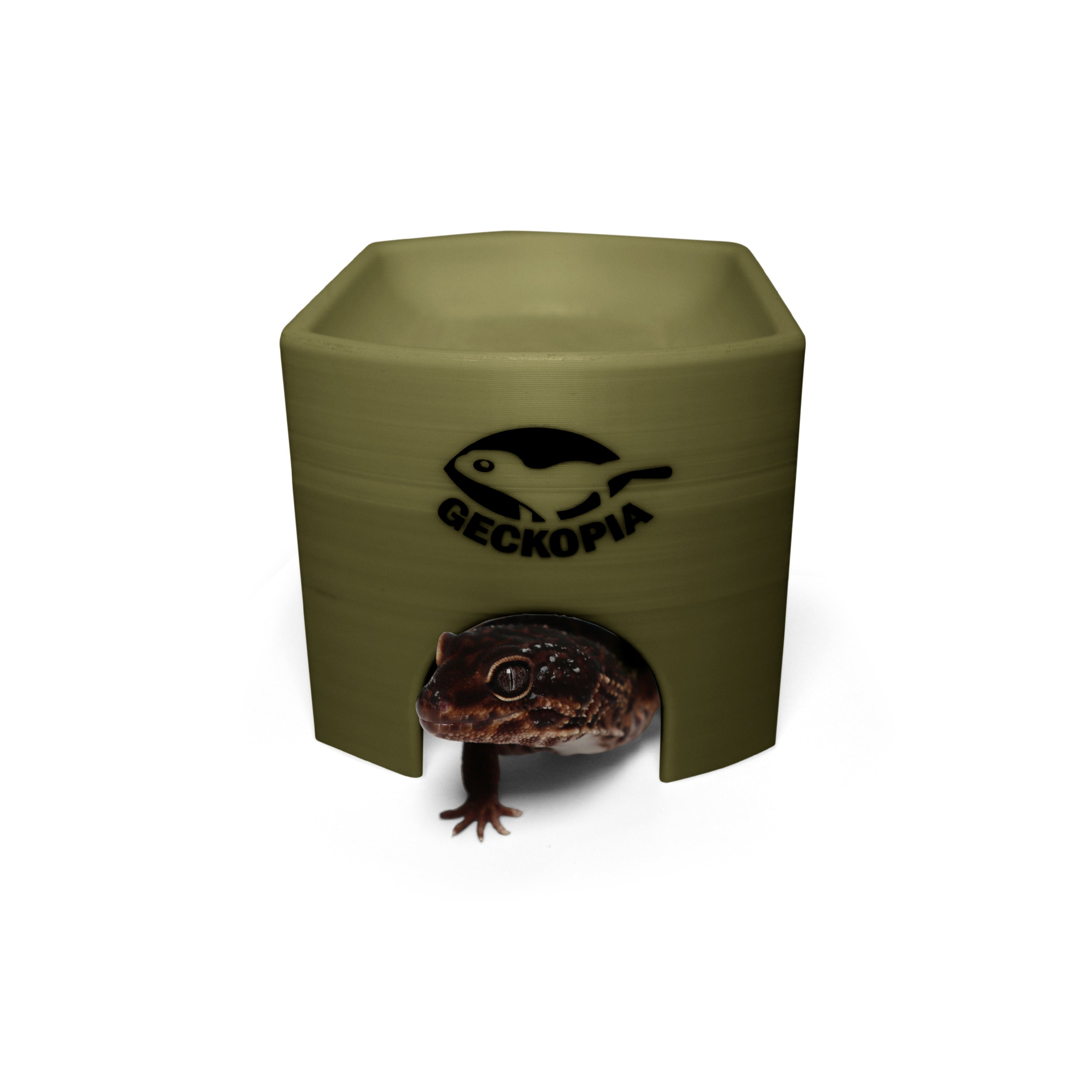

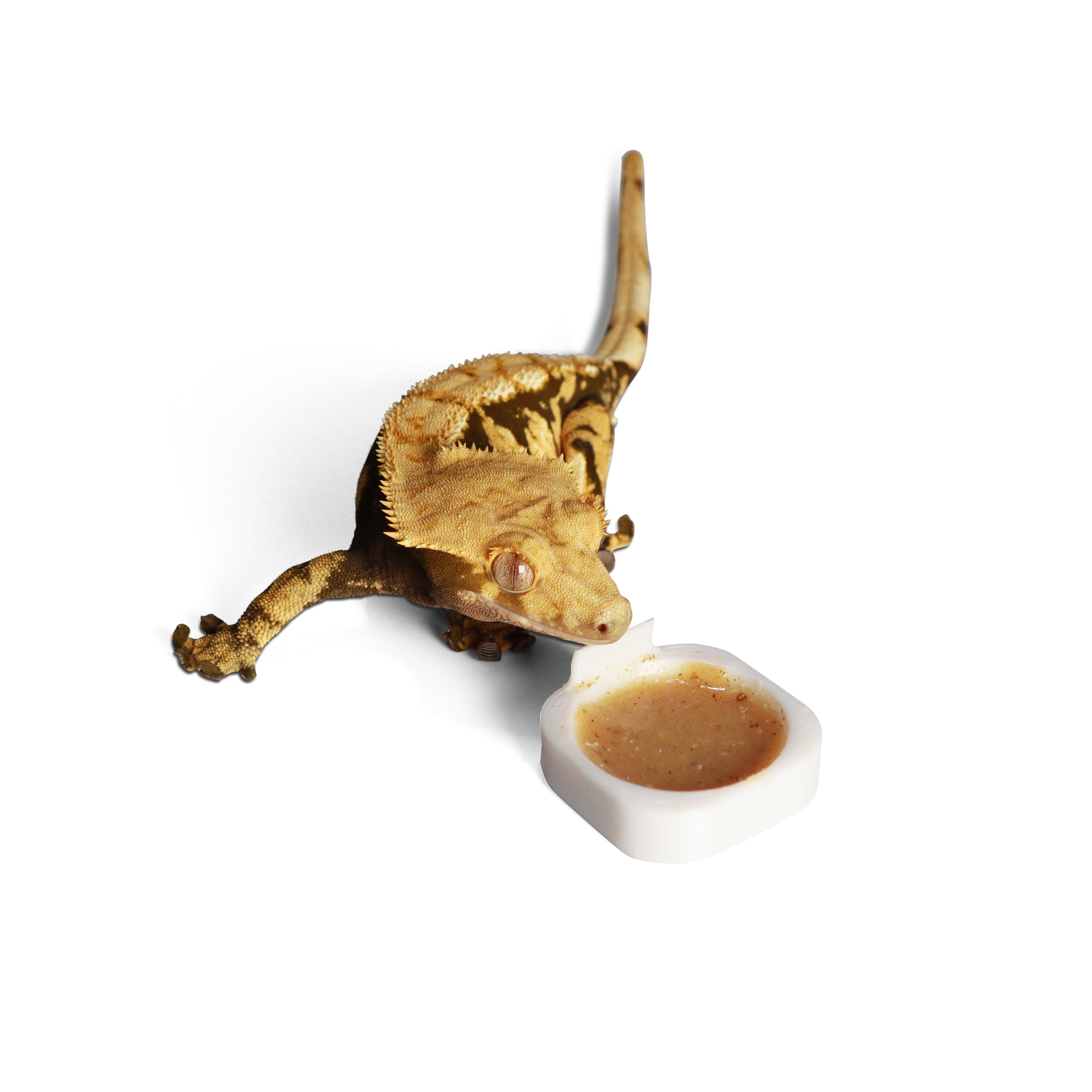
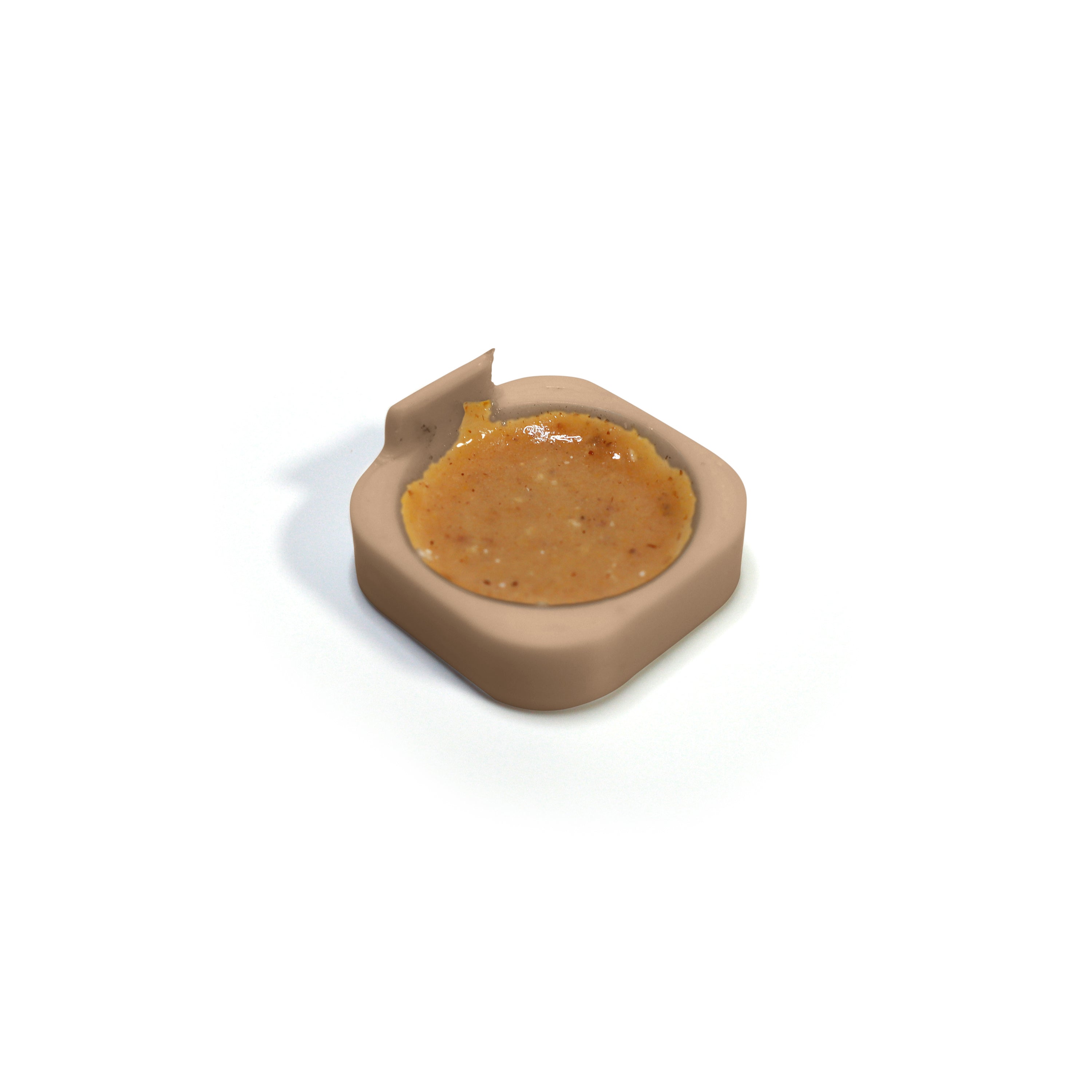
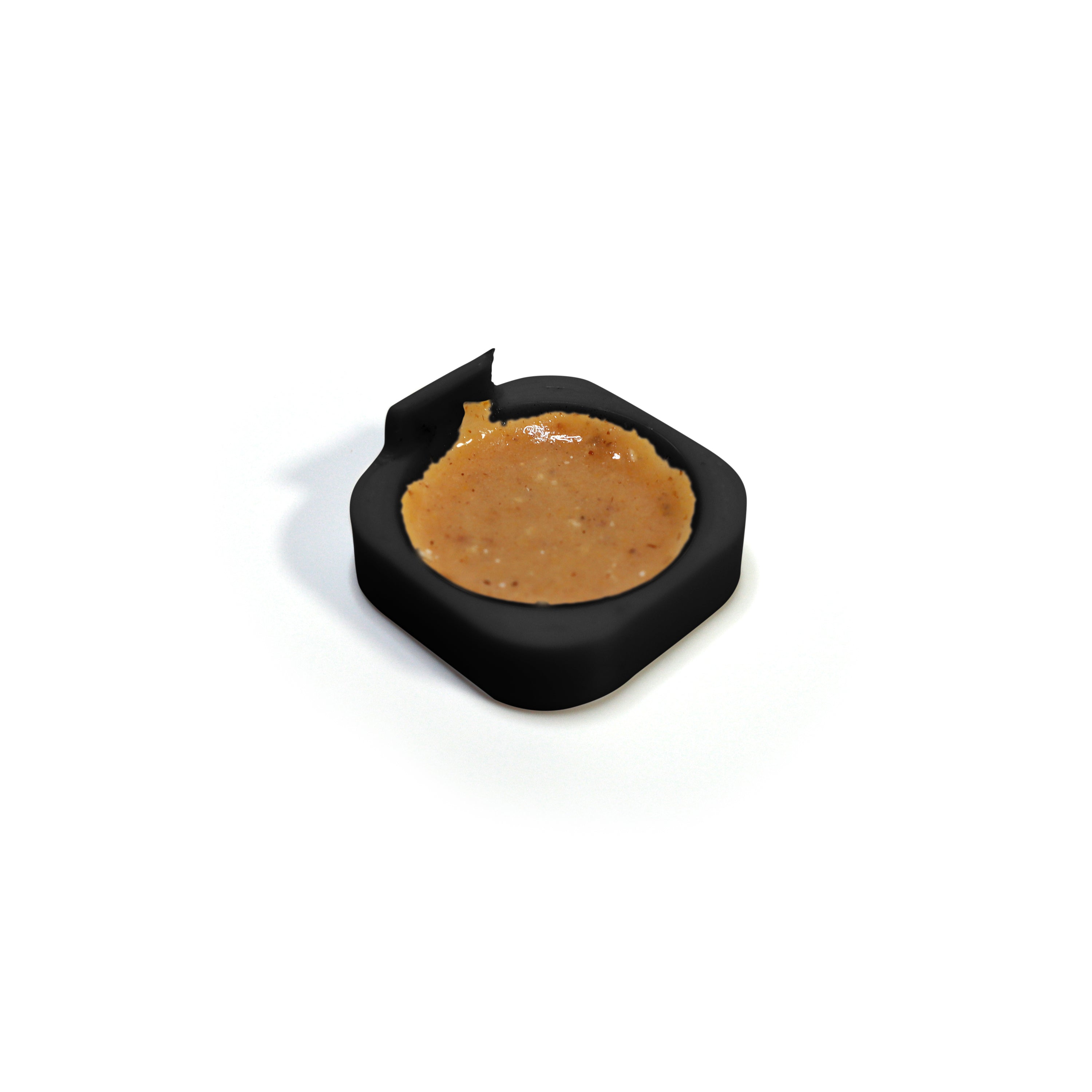


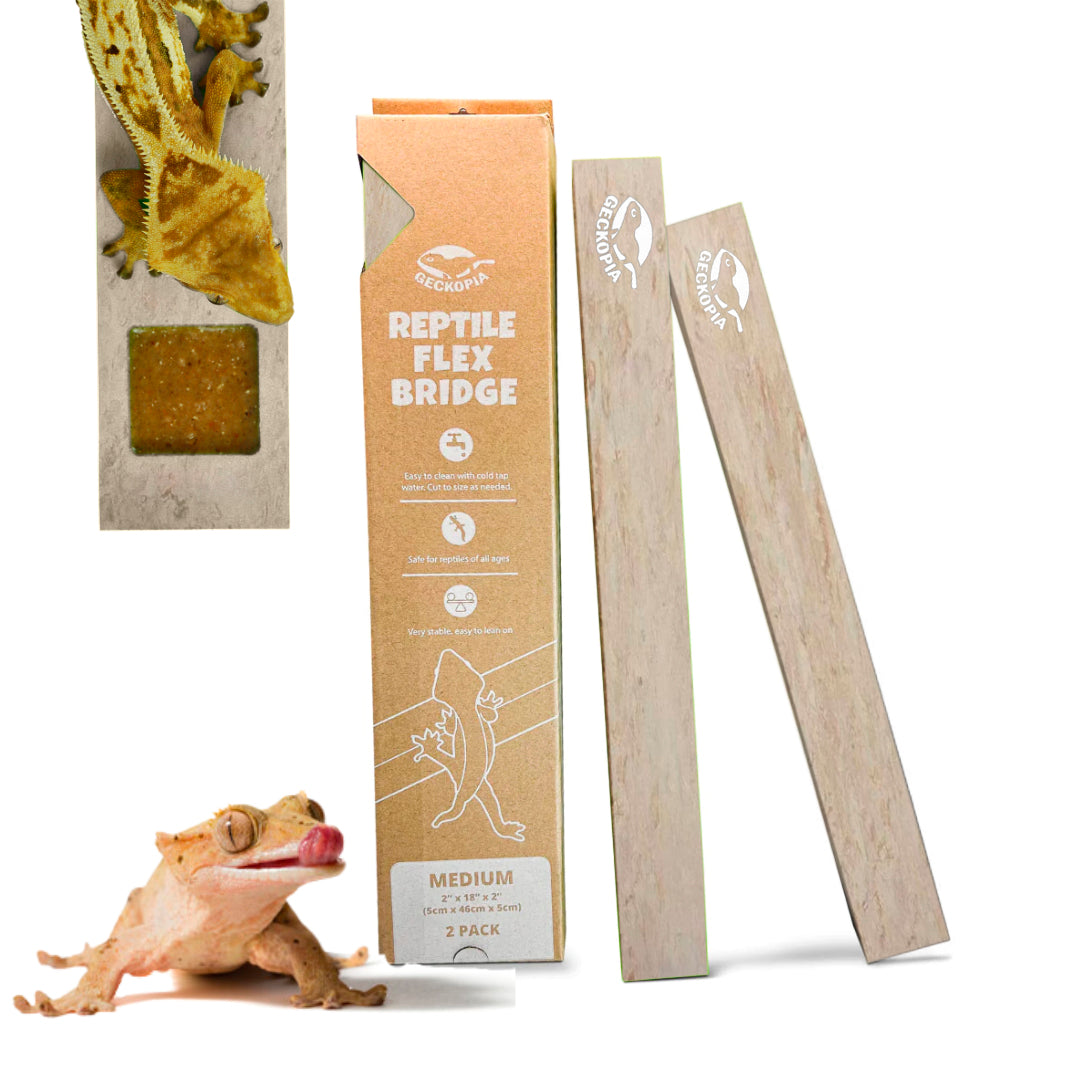


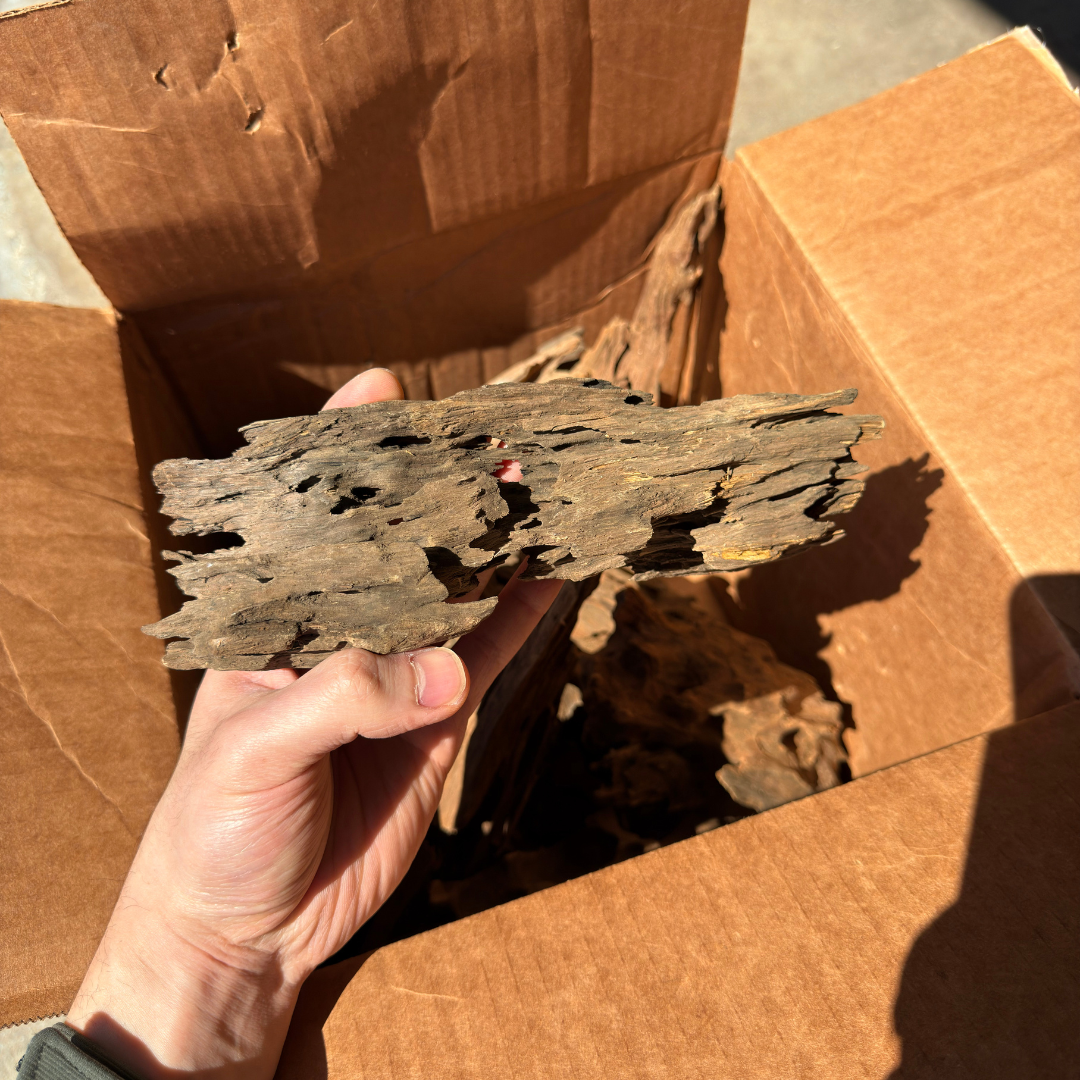


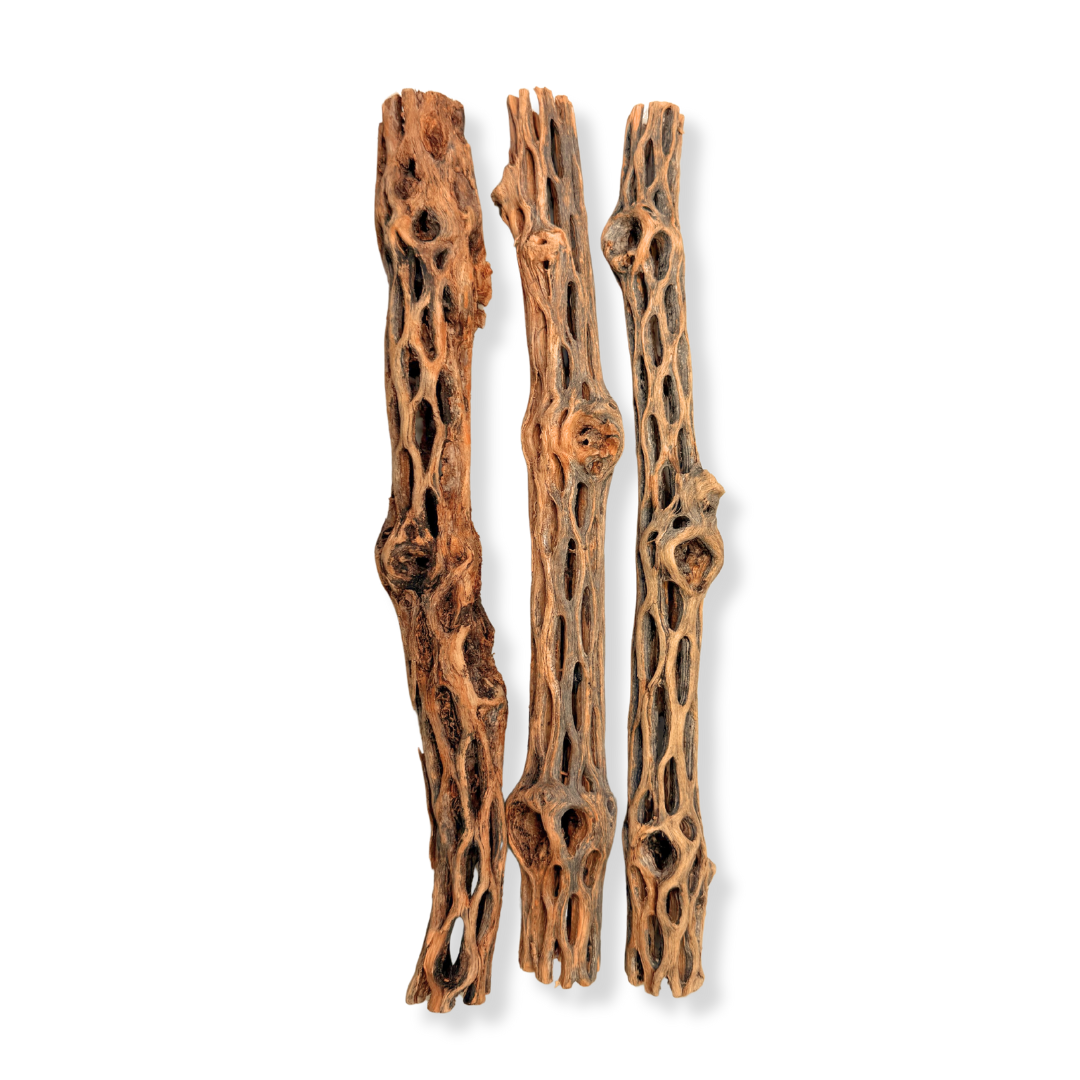
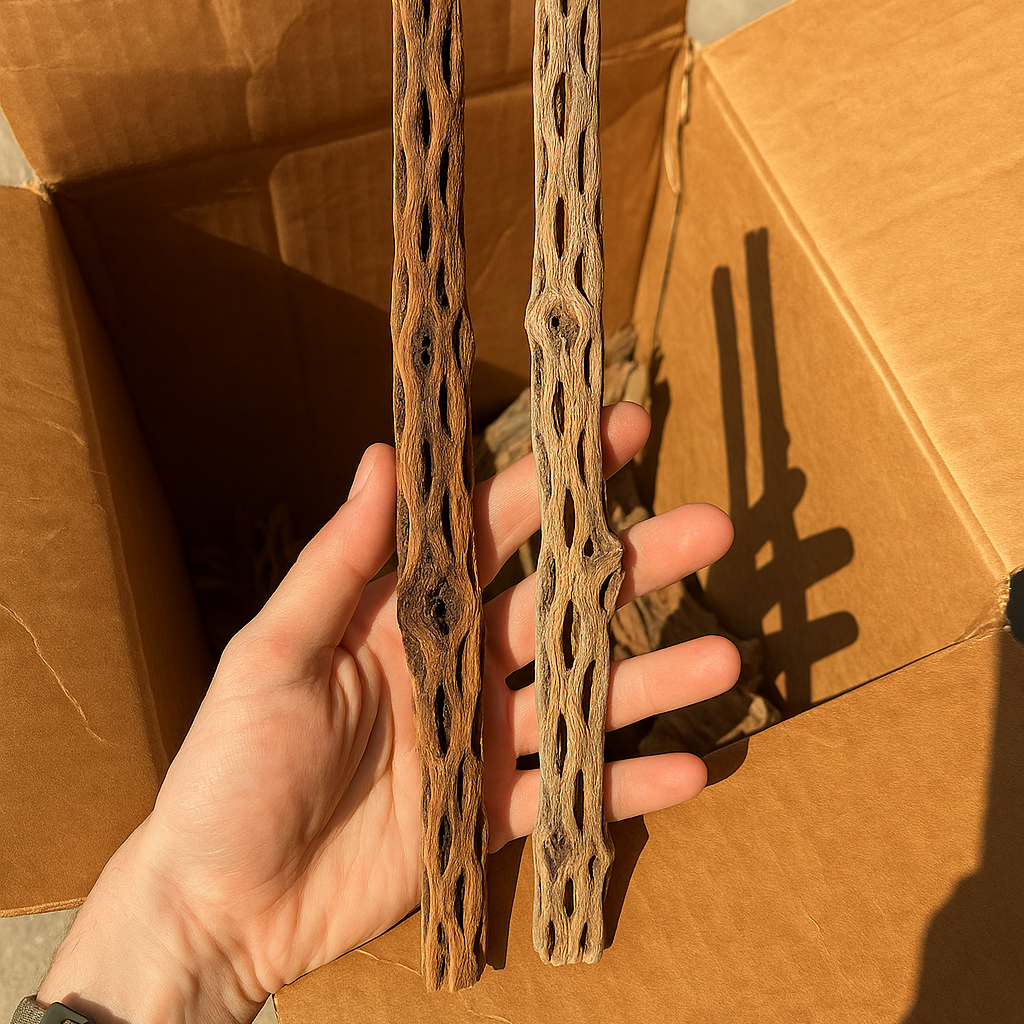
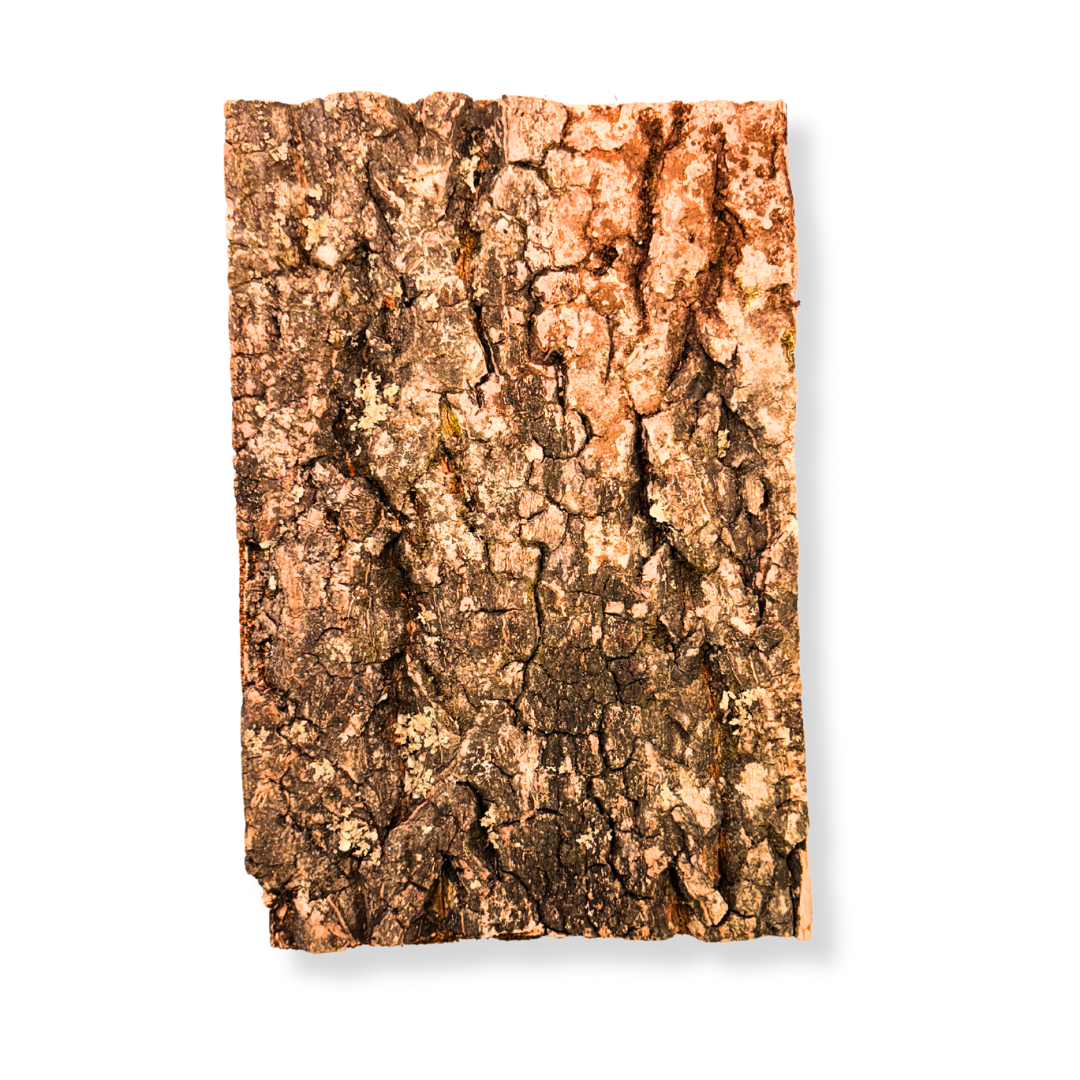
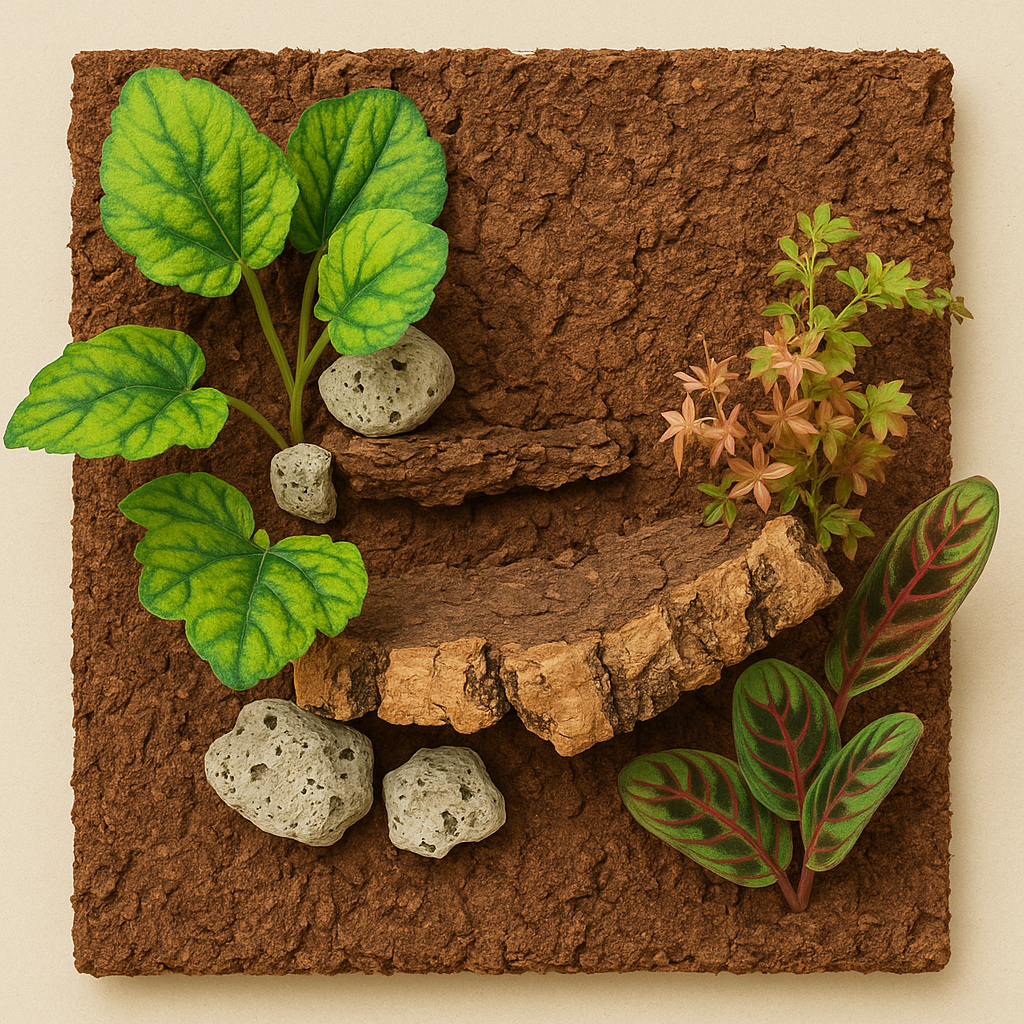
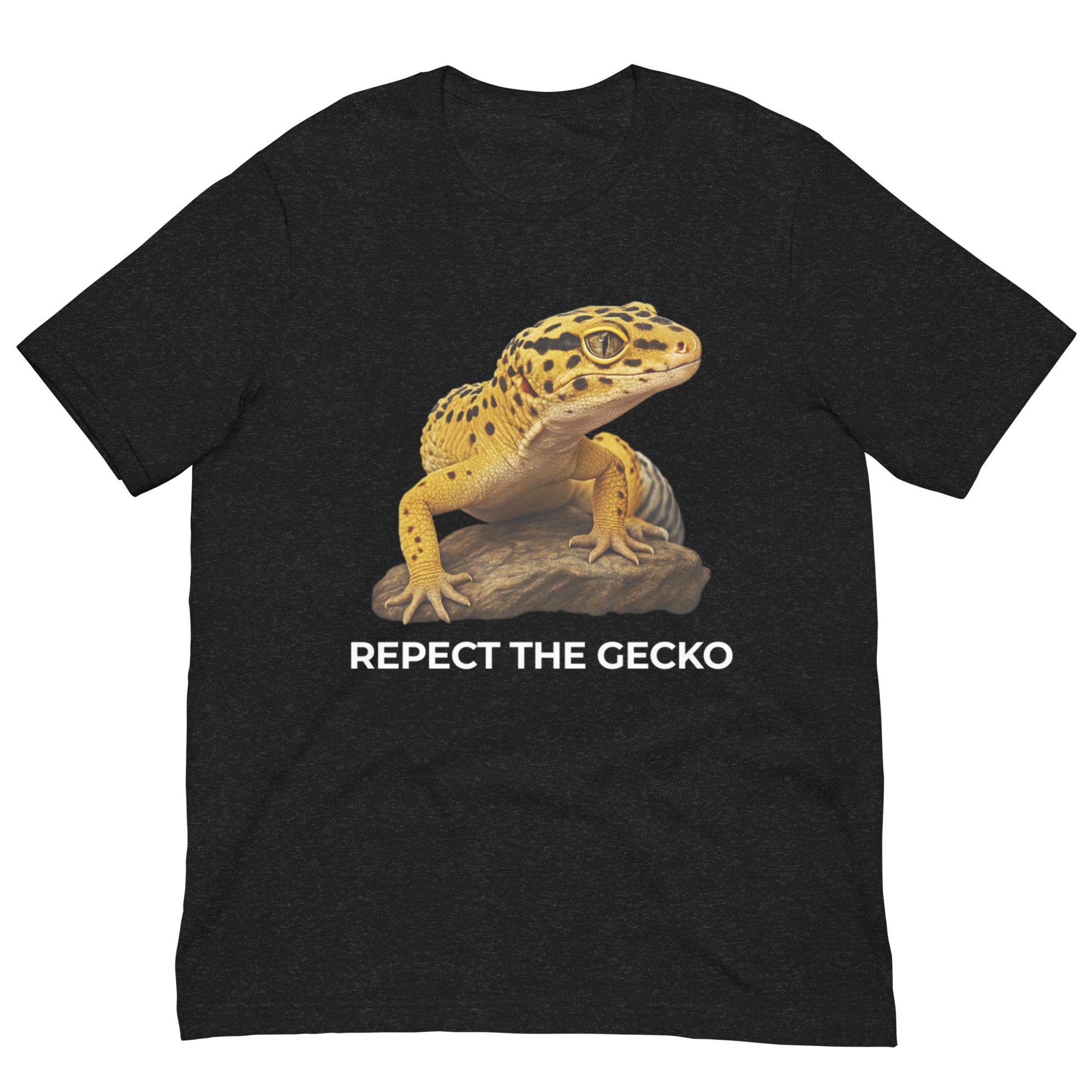
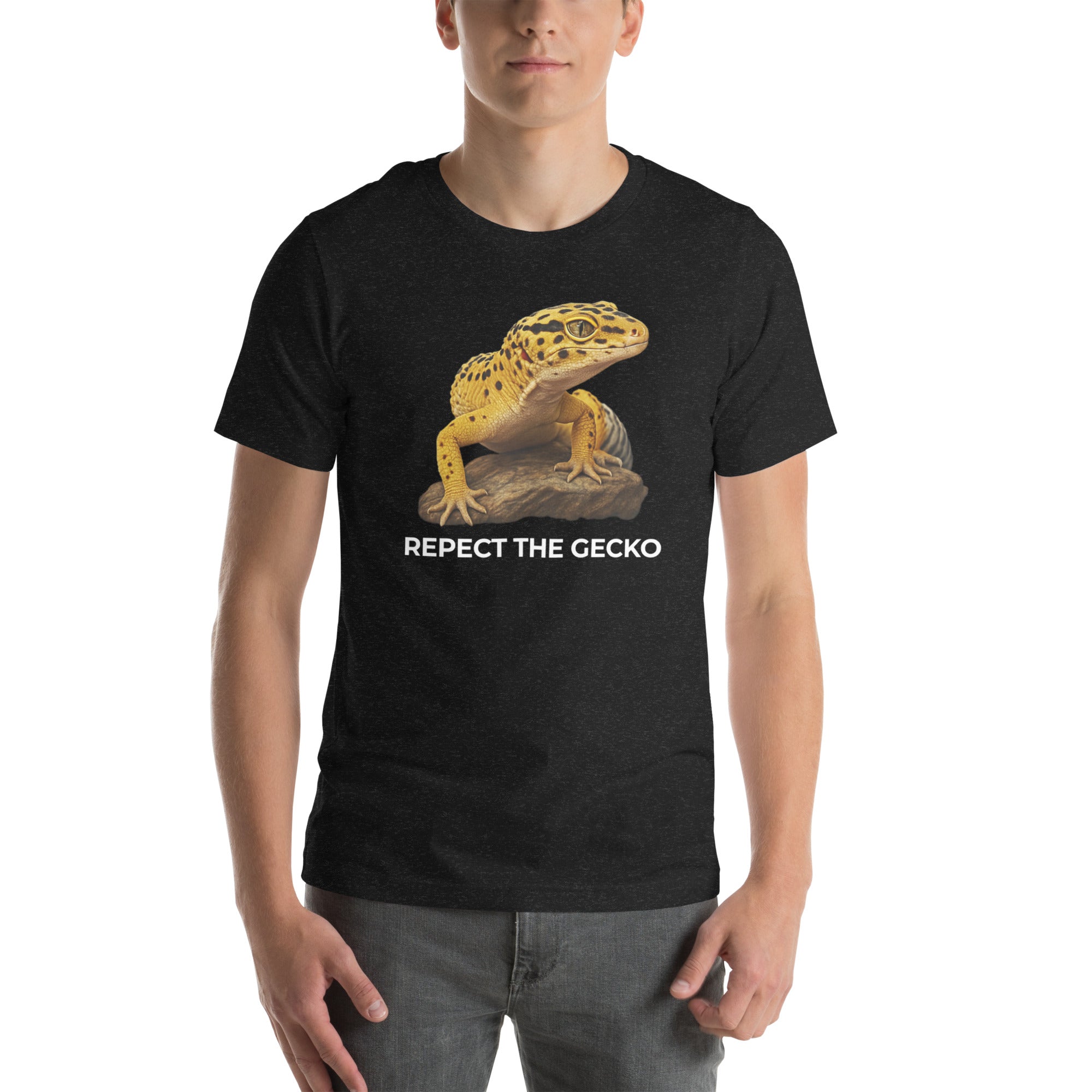

Leave a comment